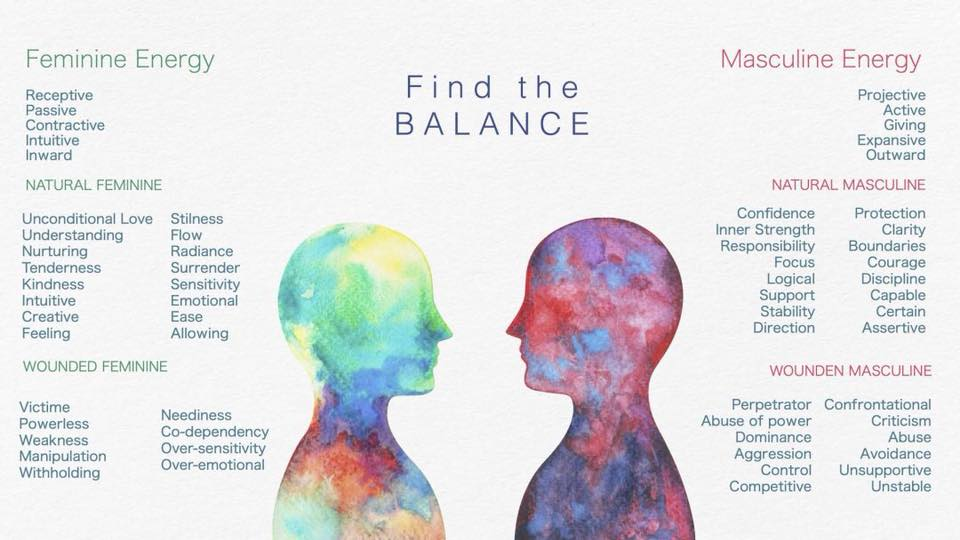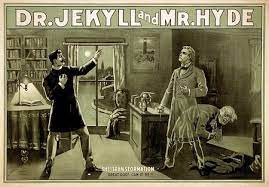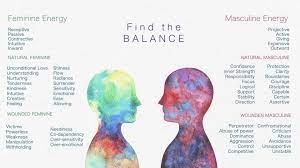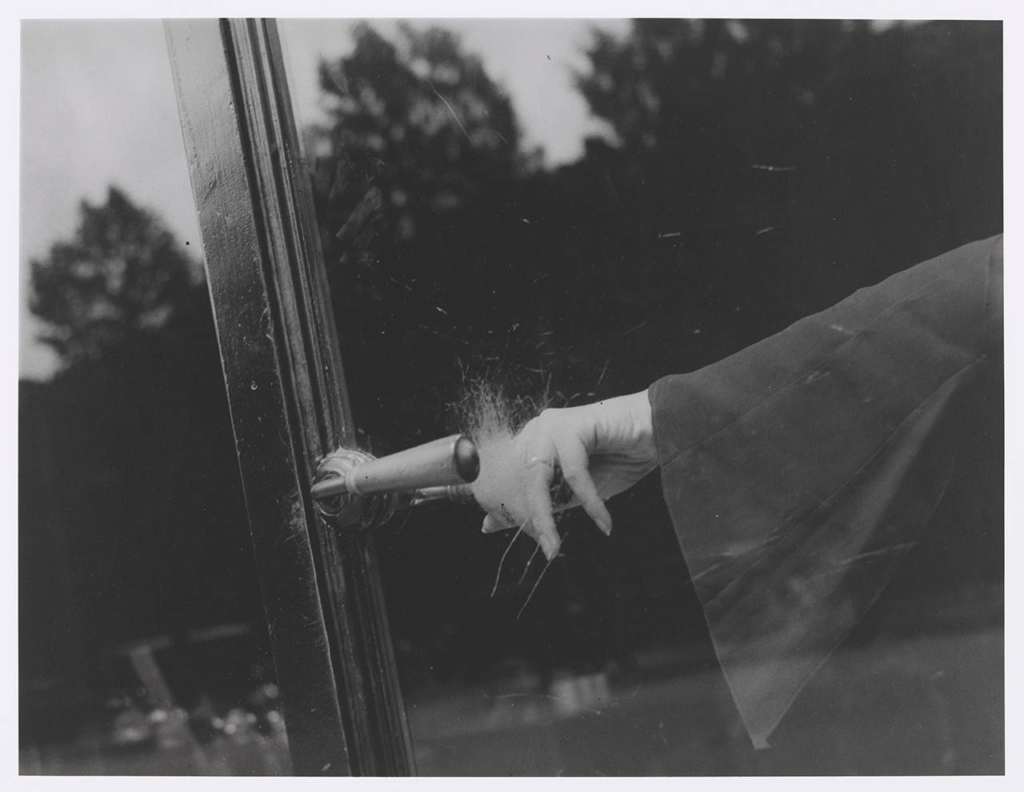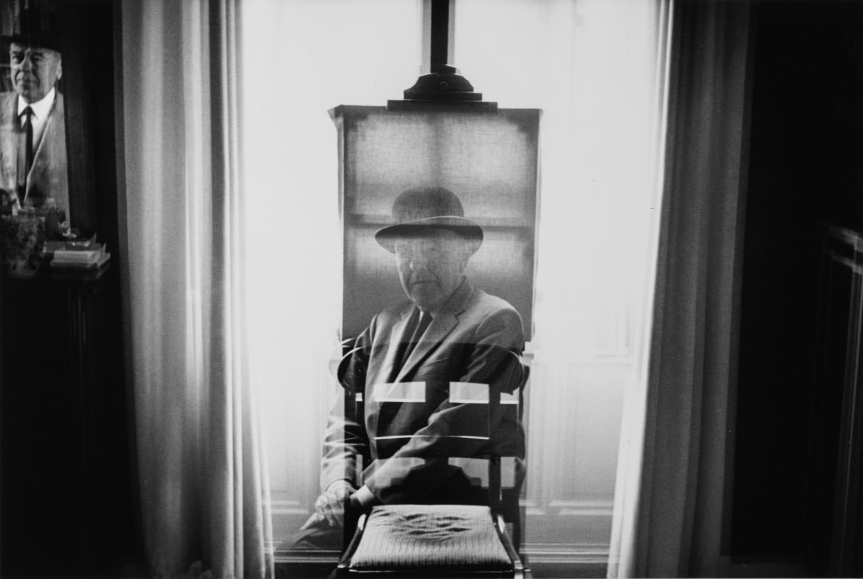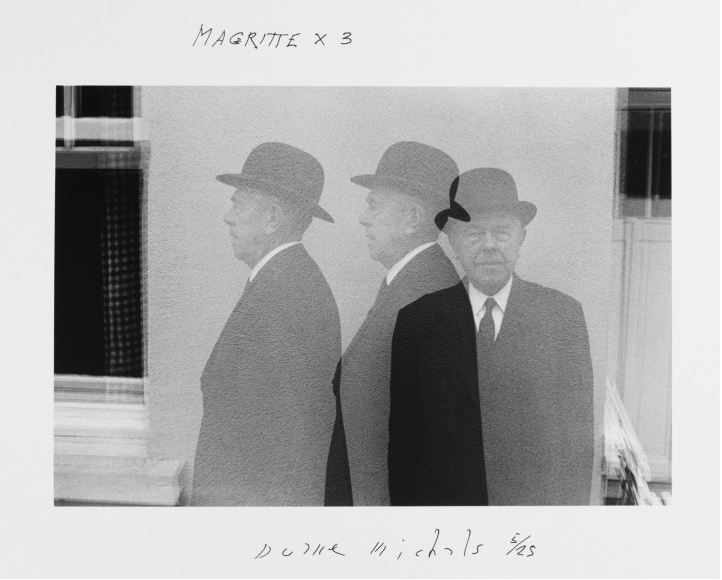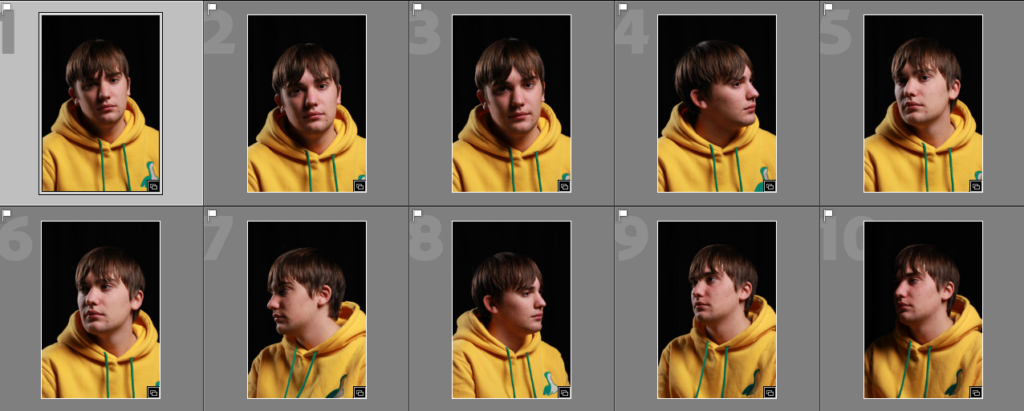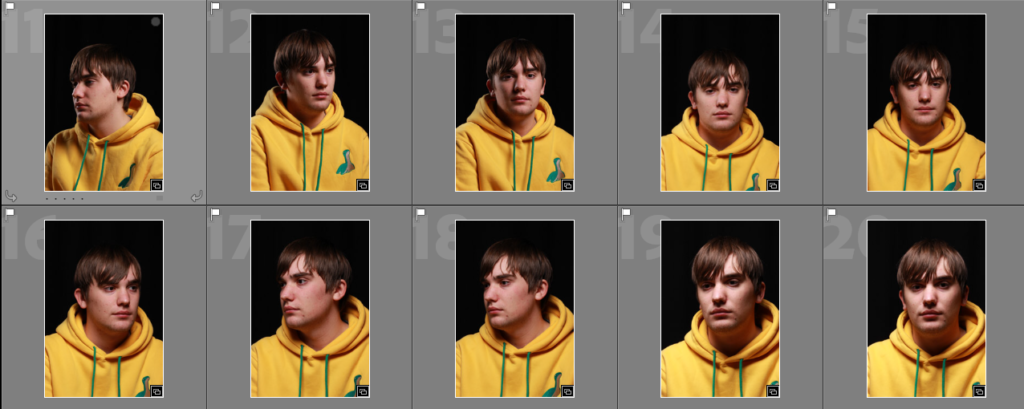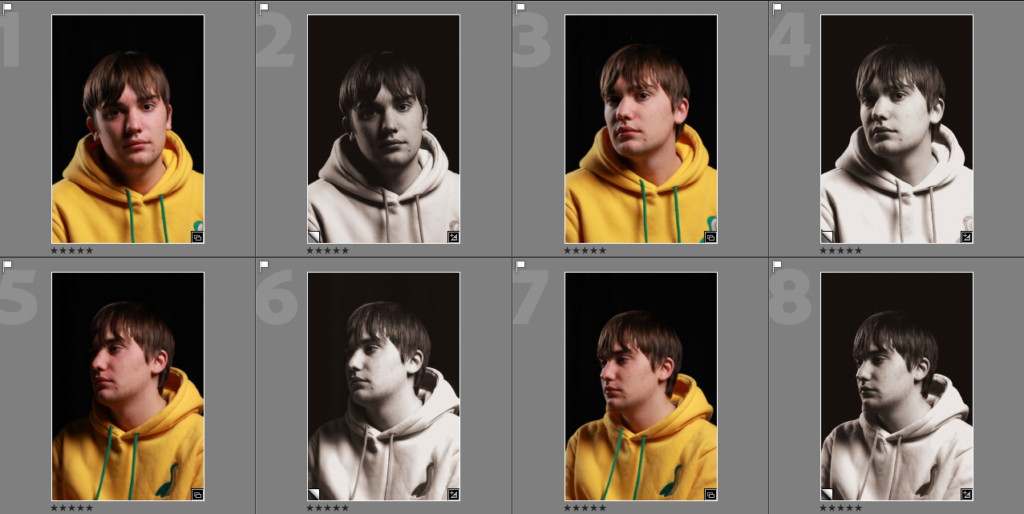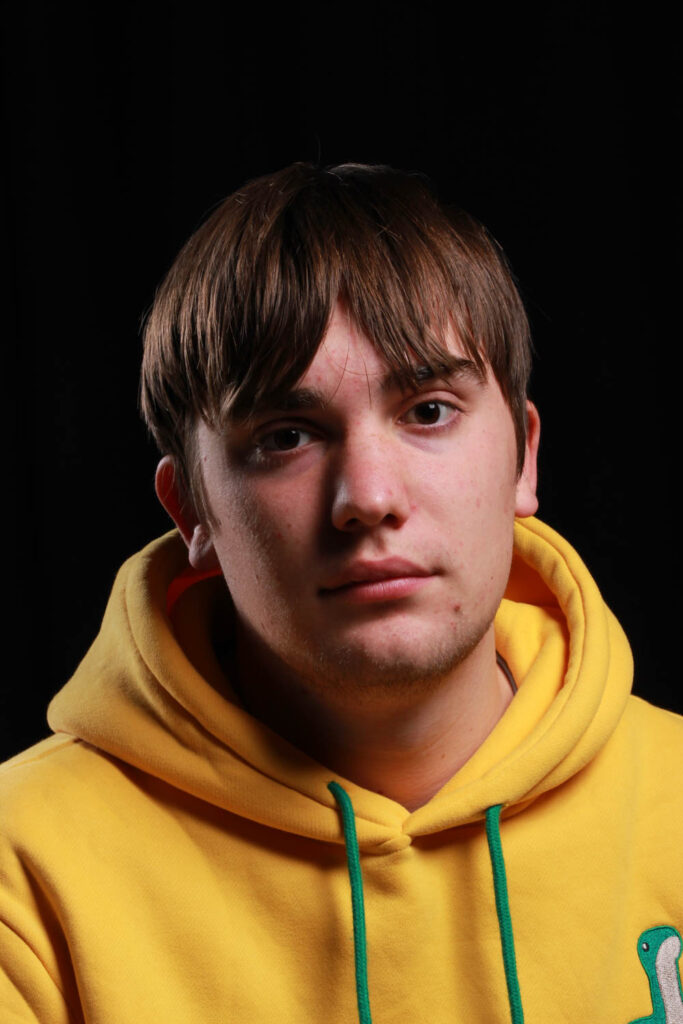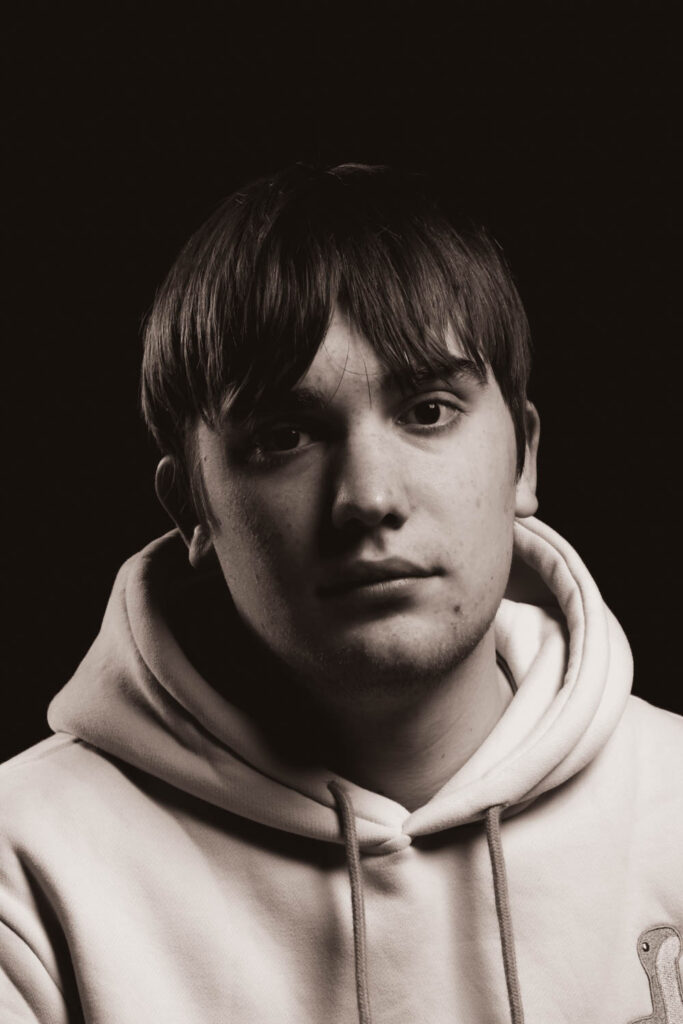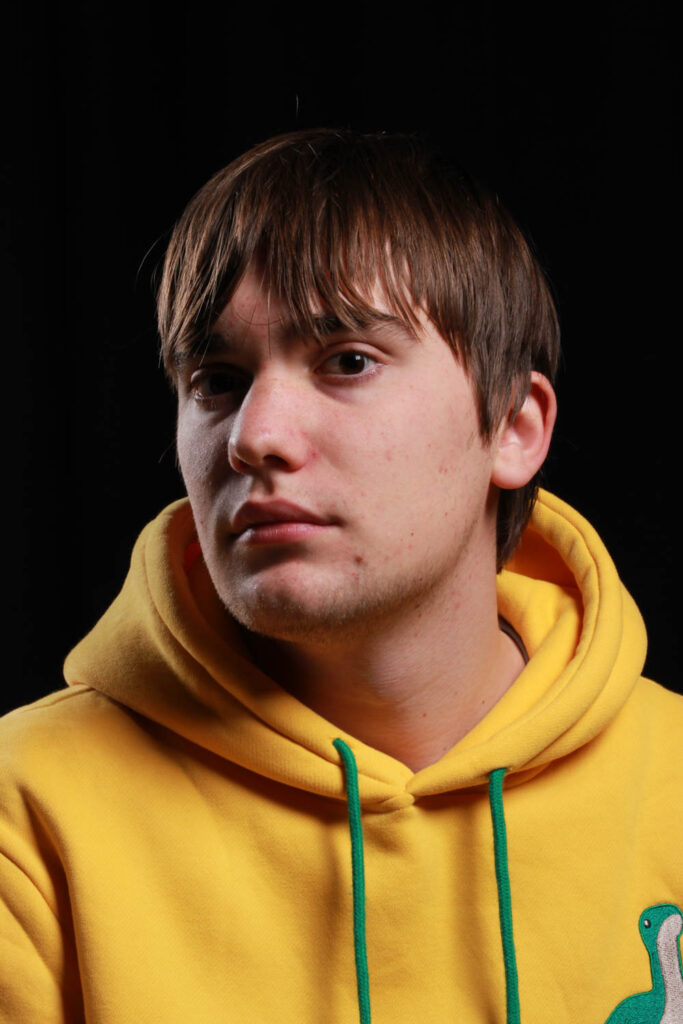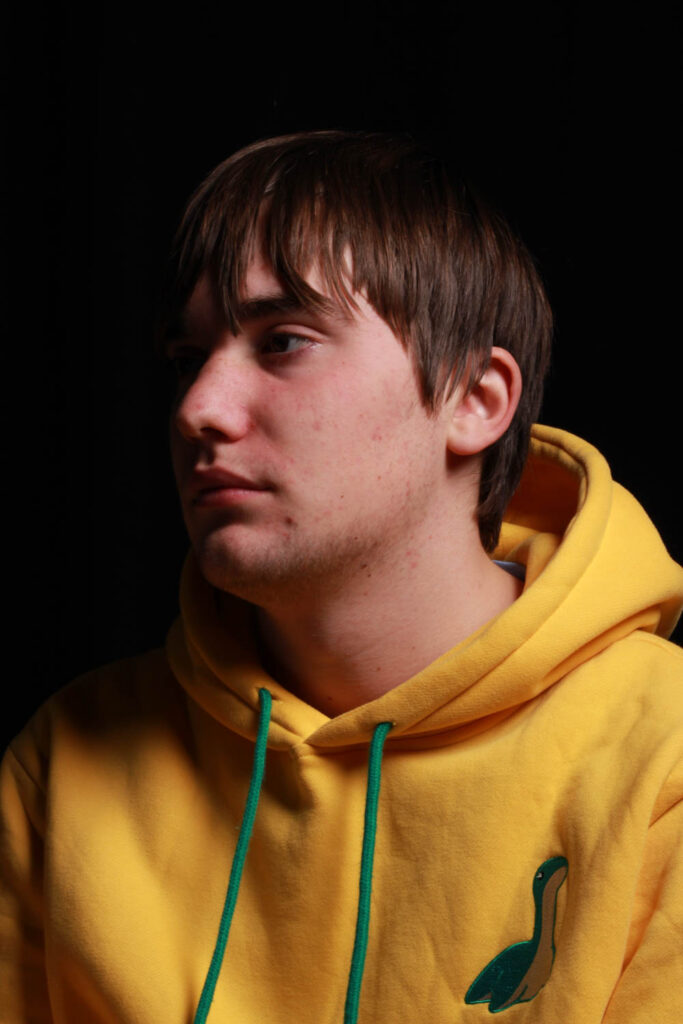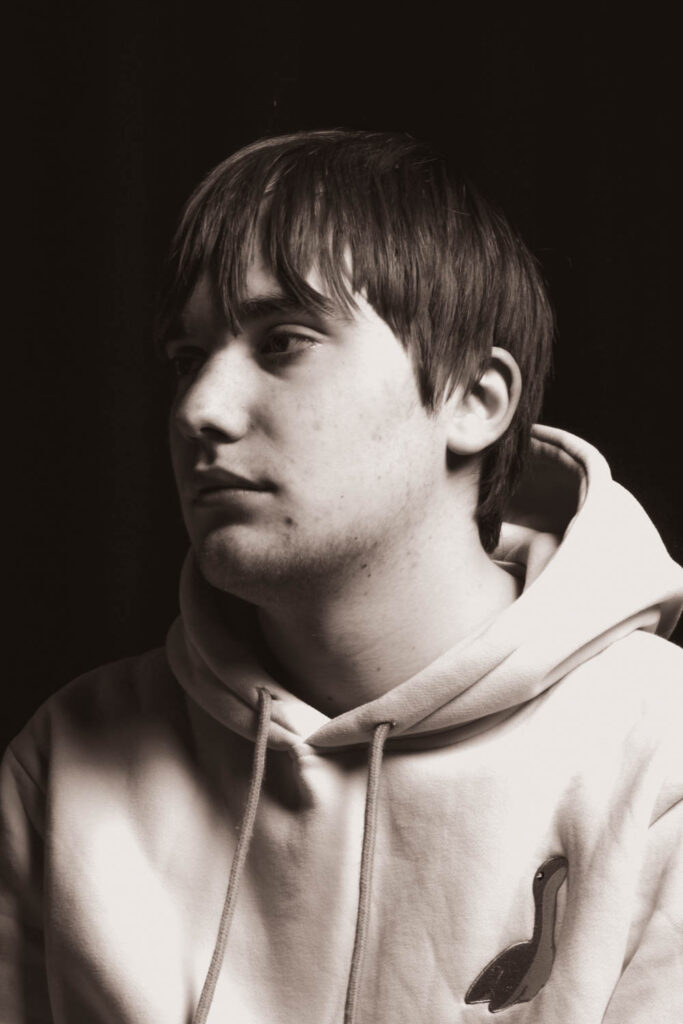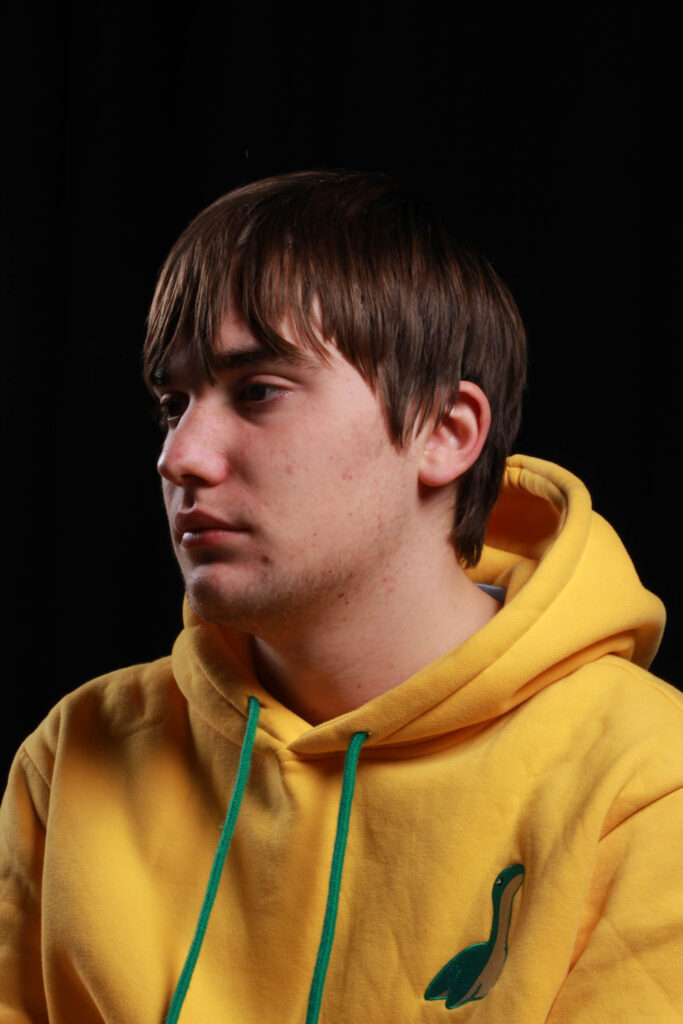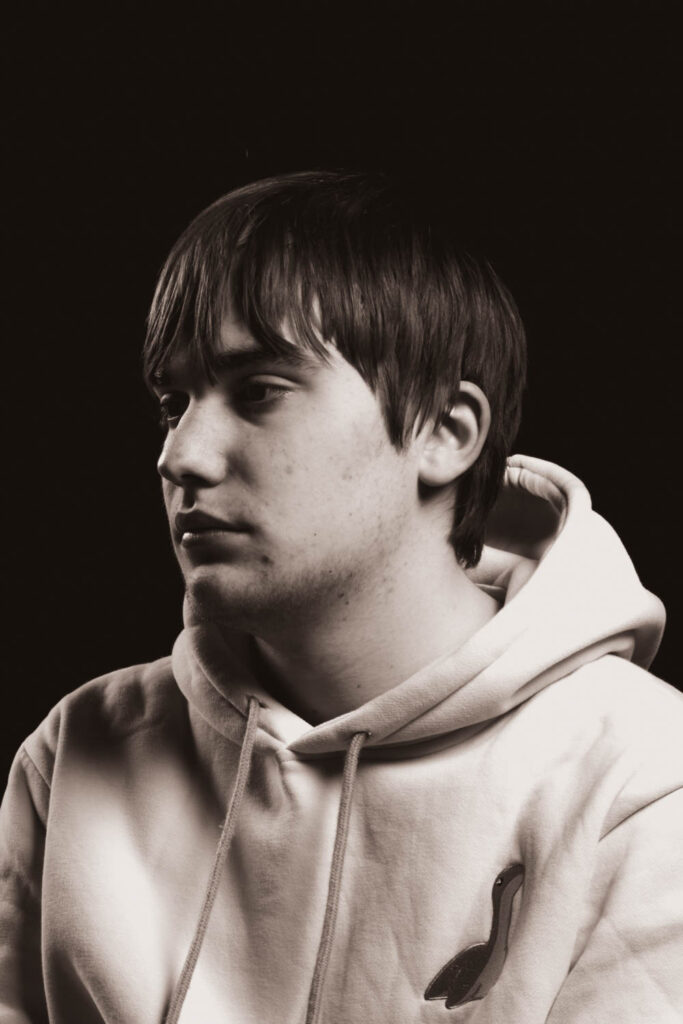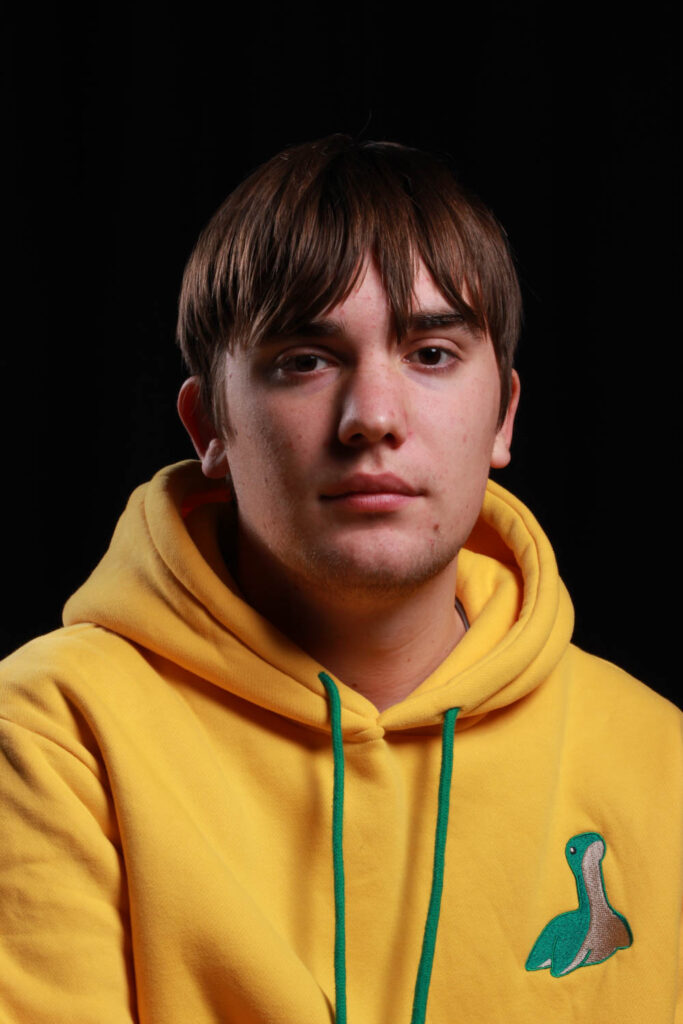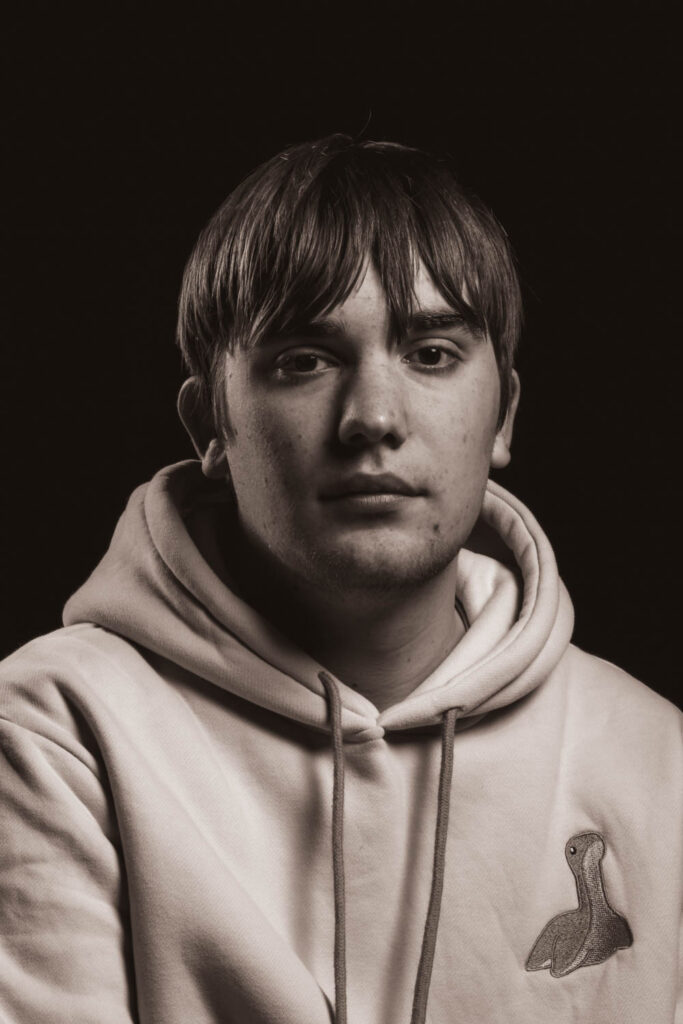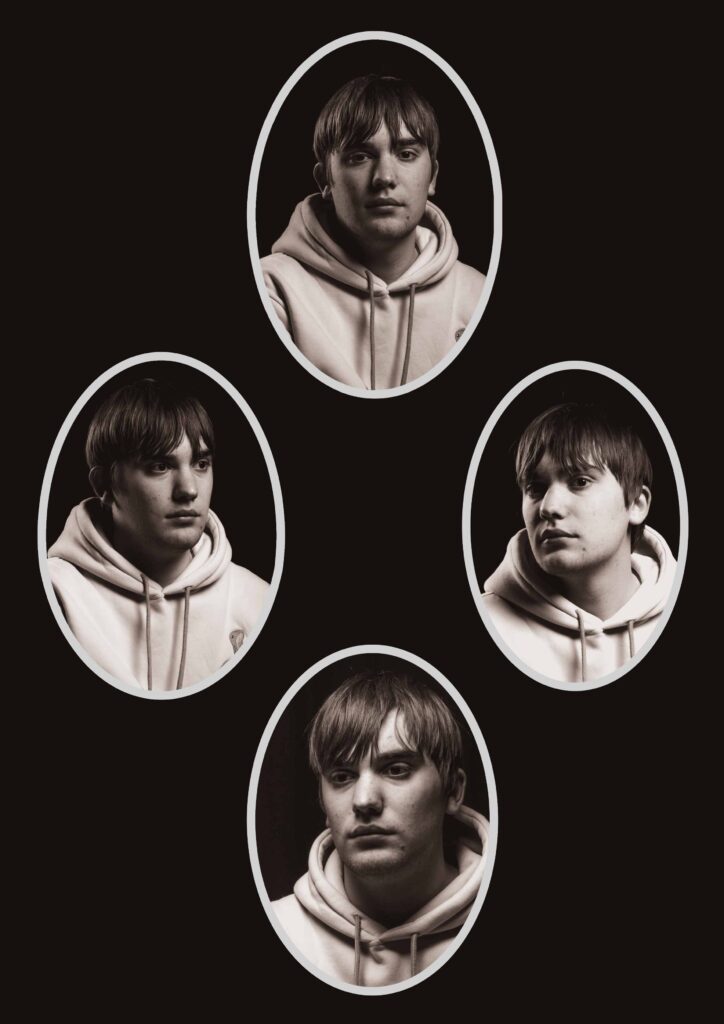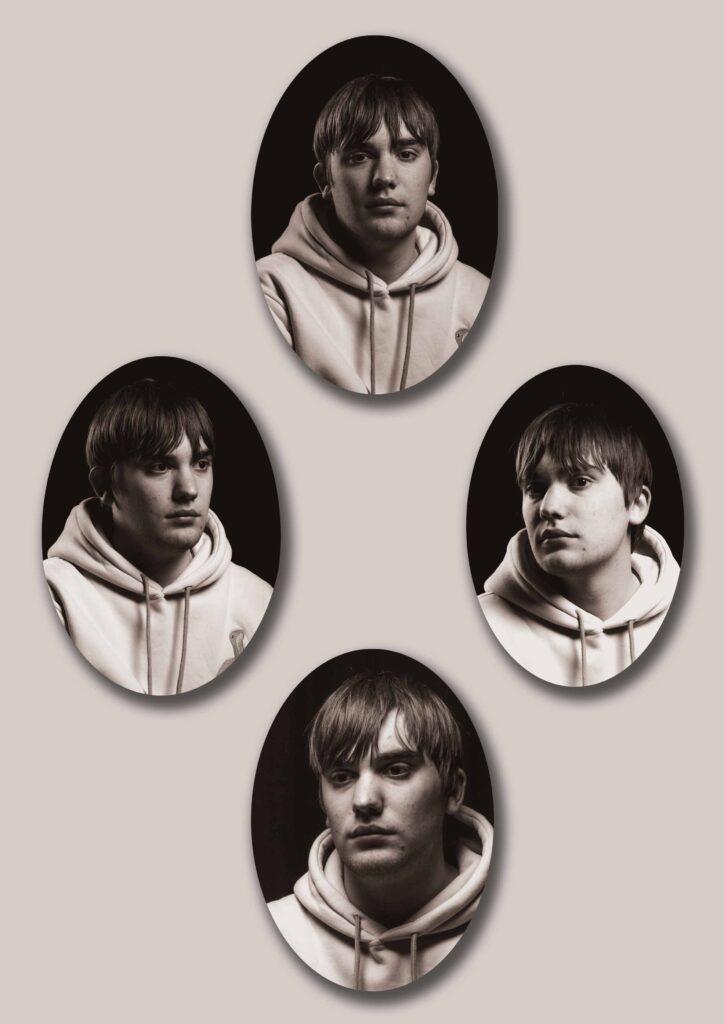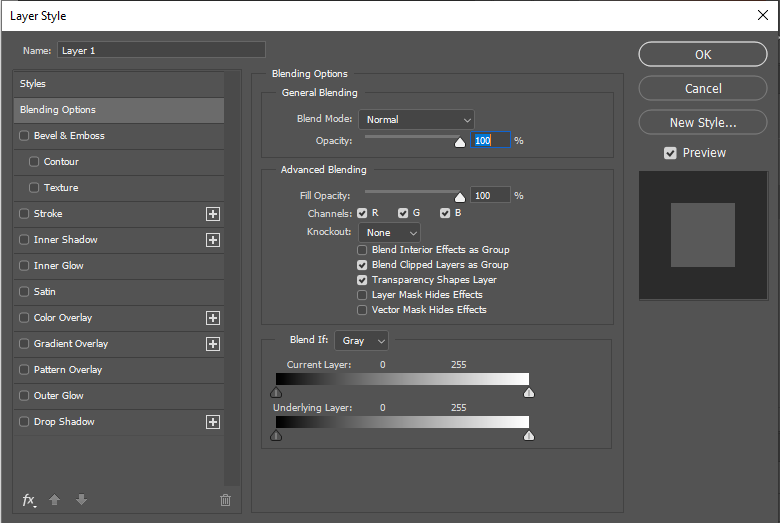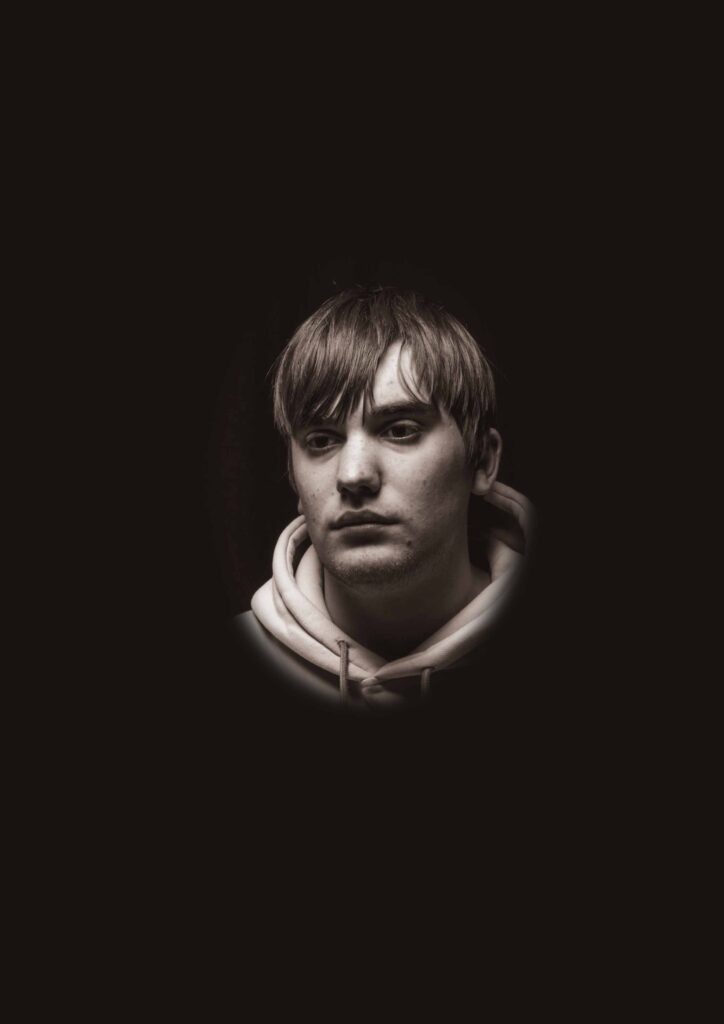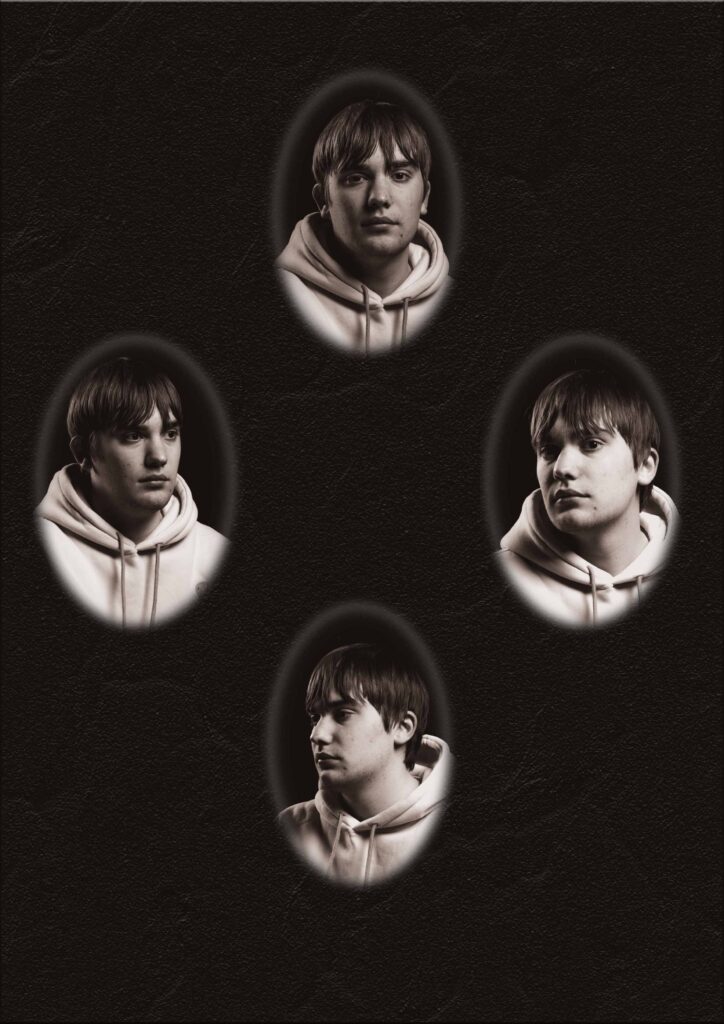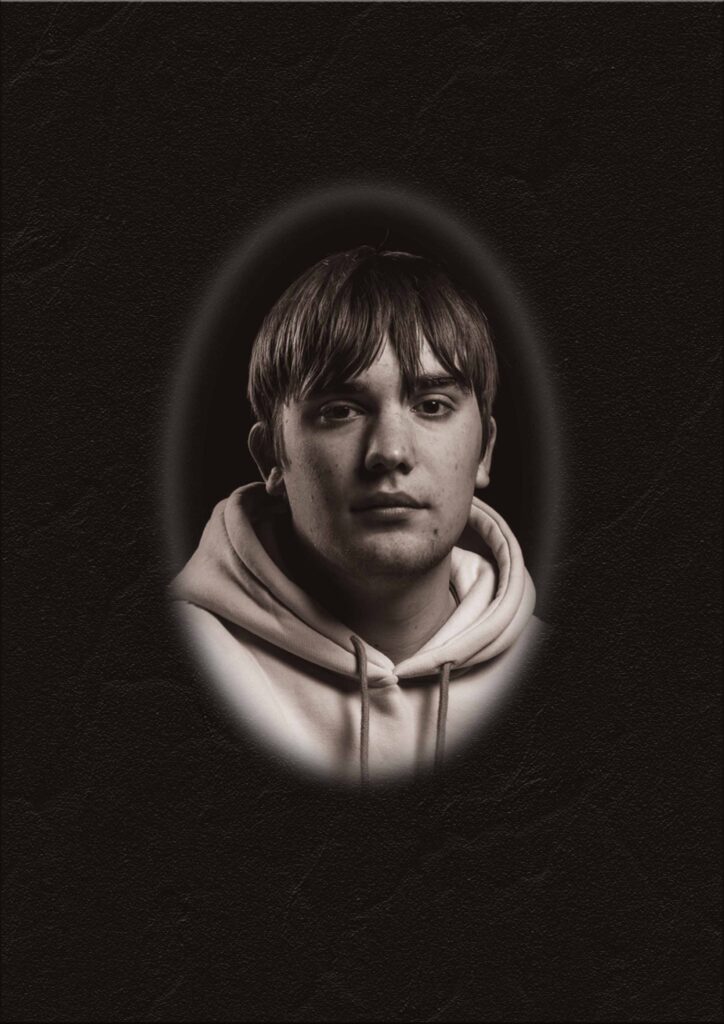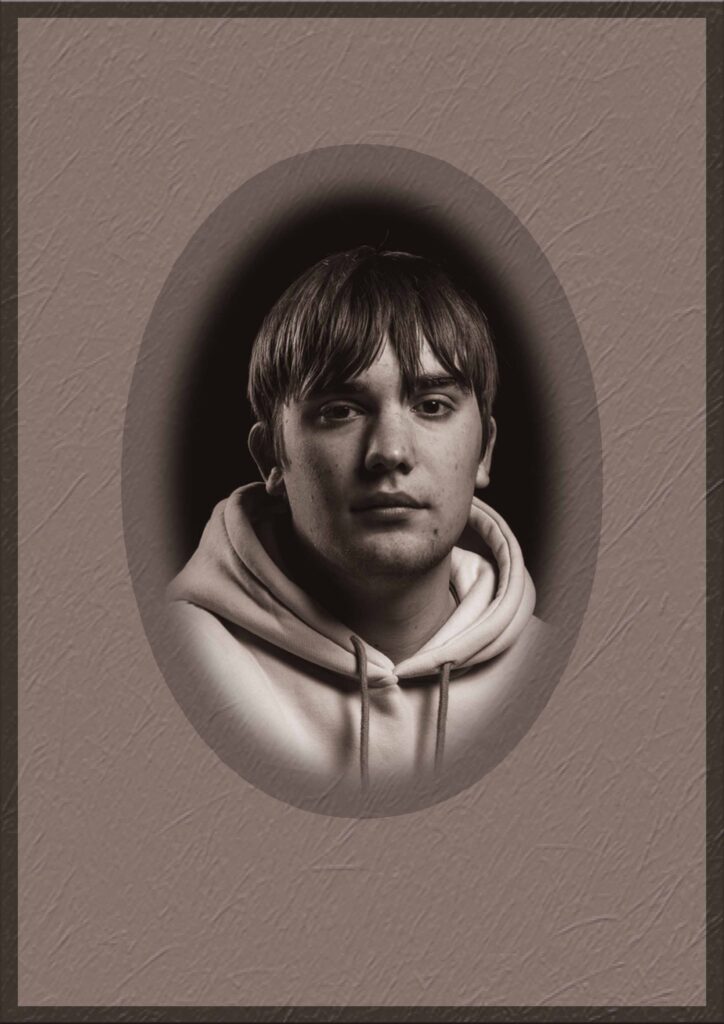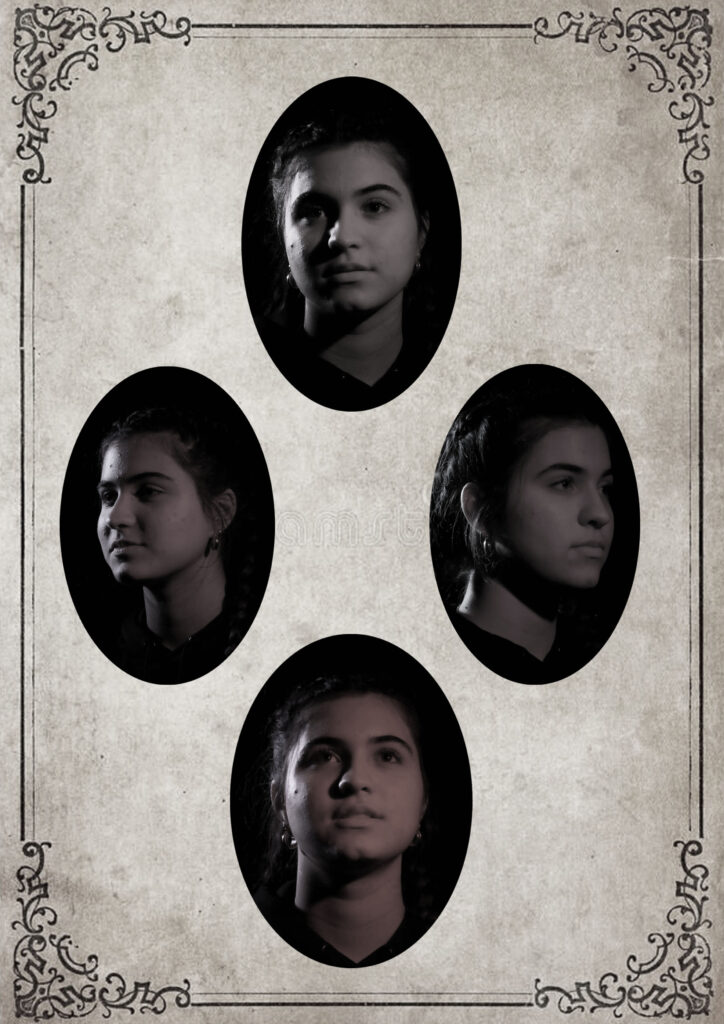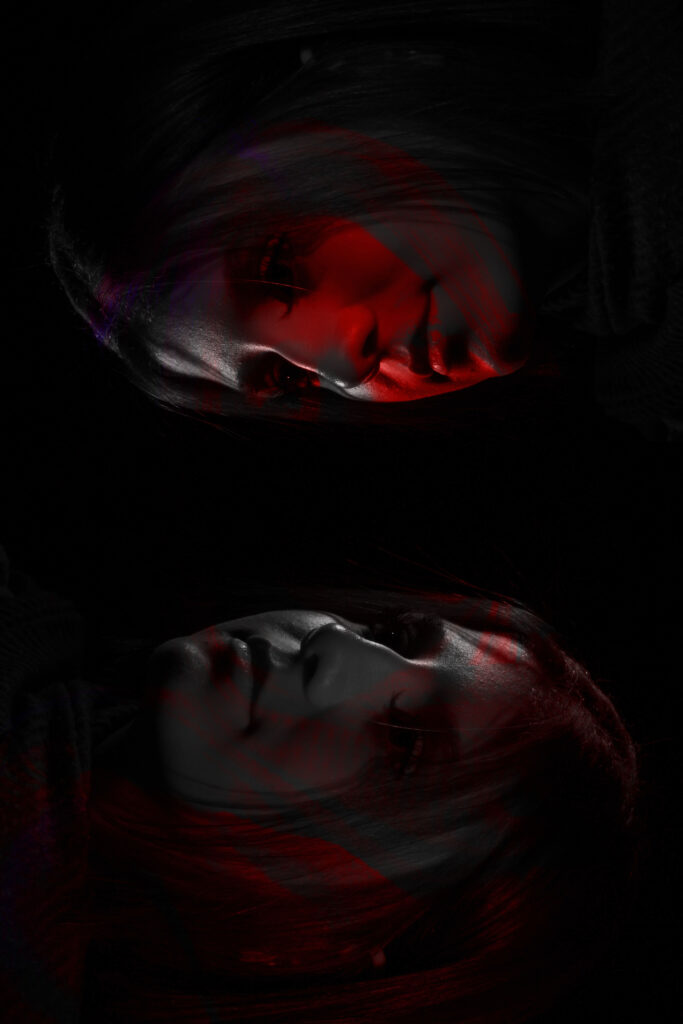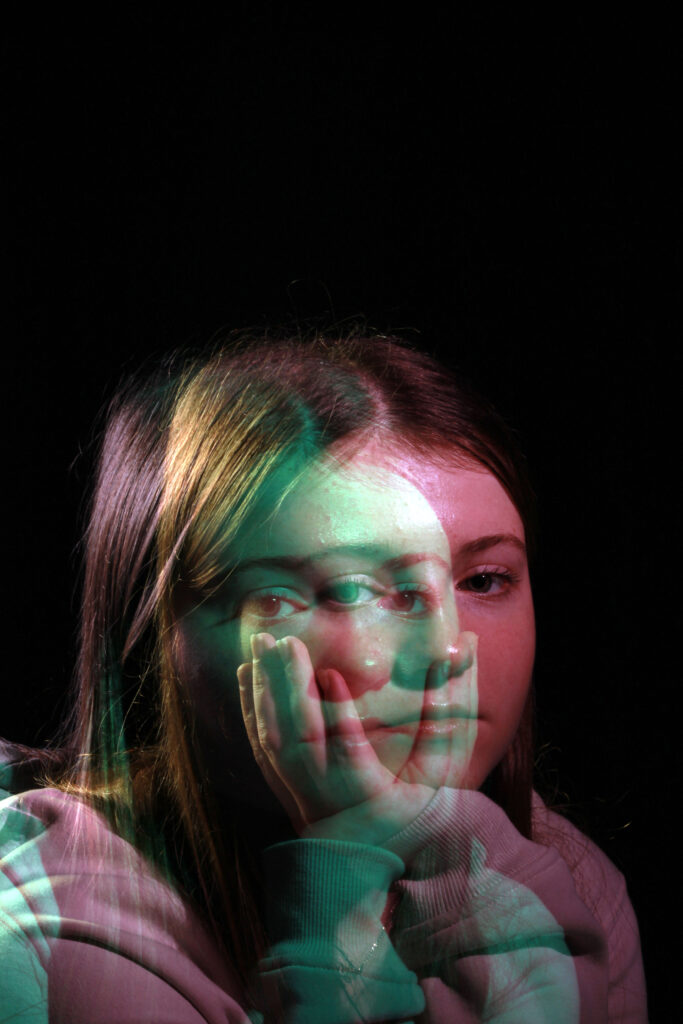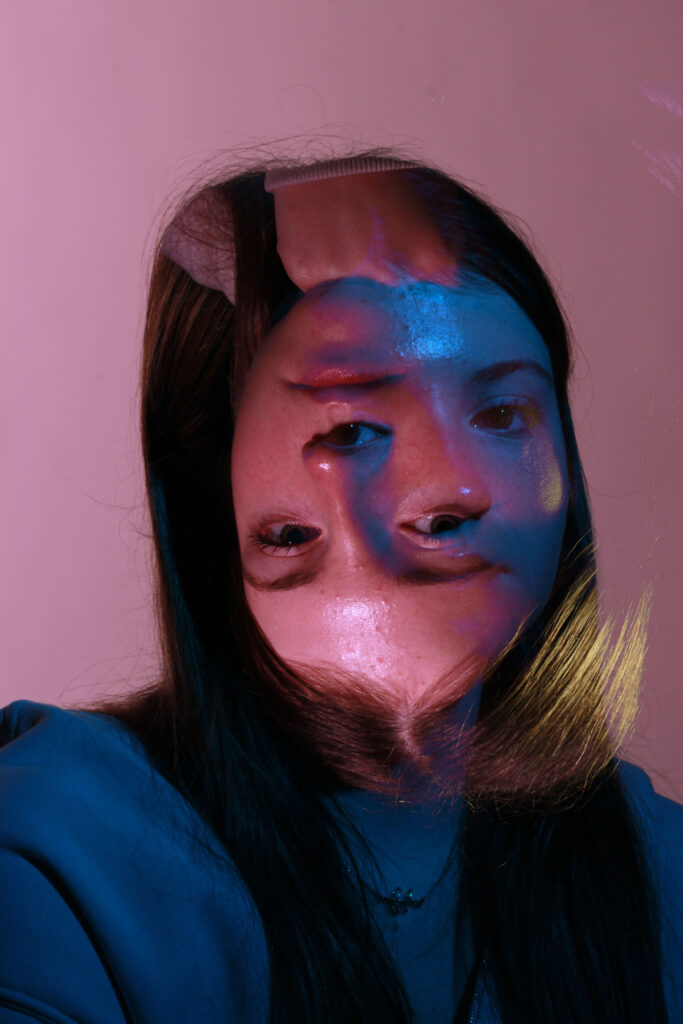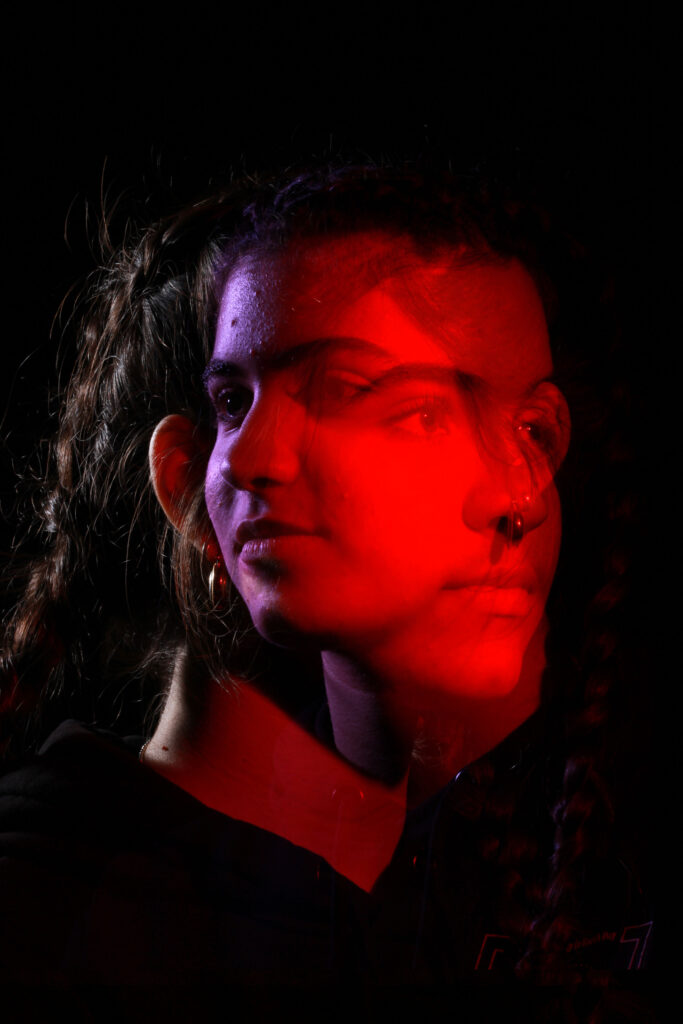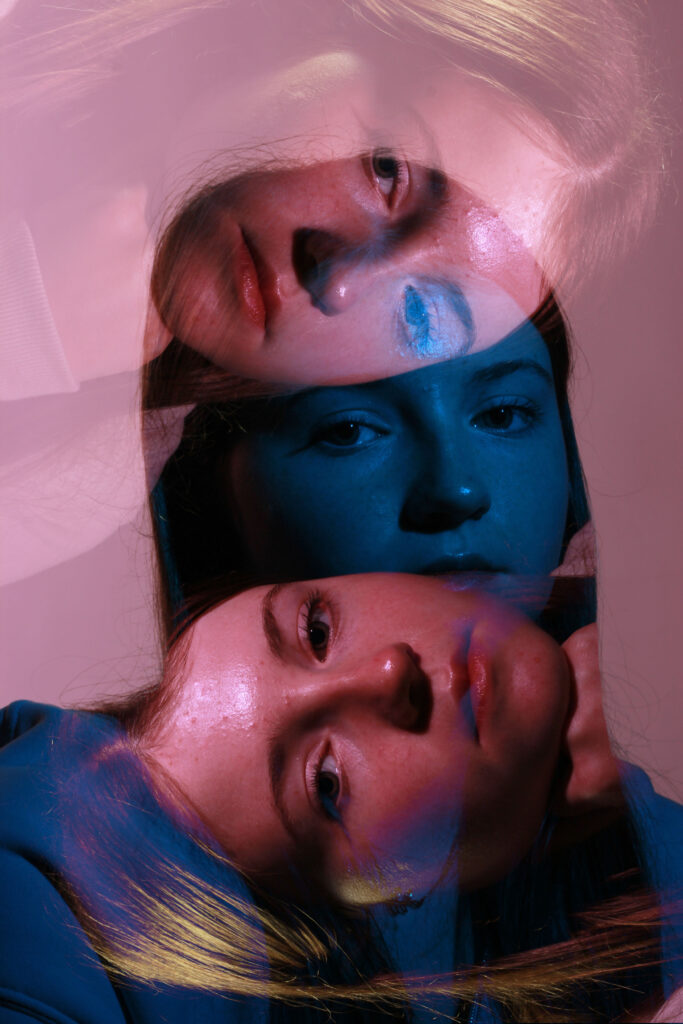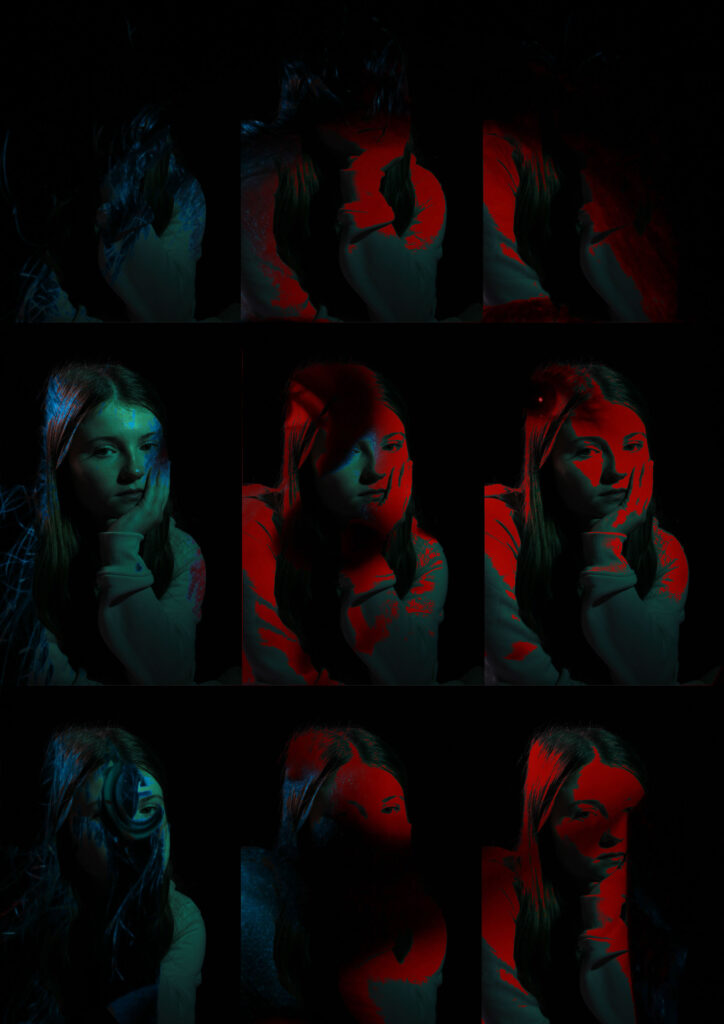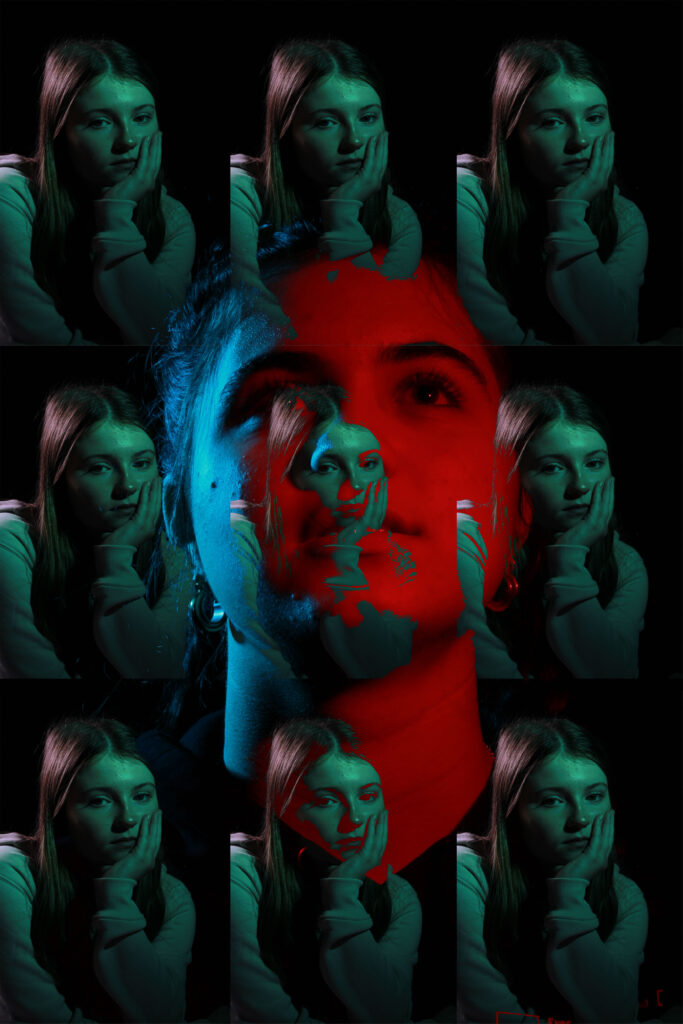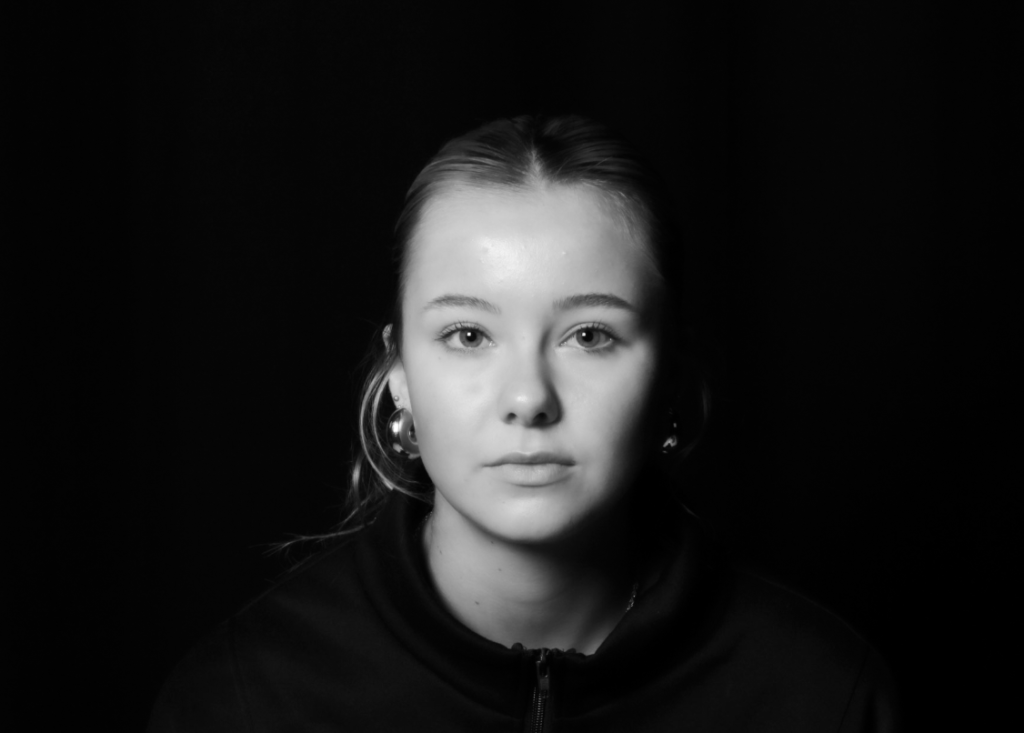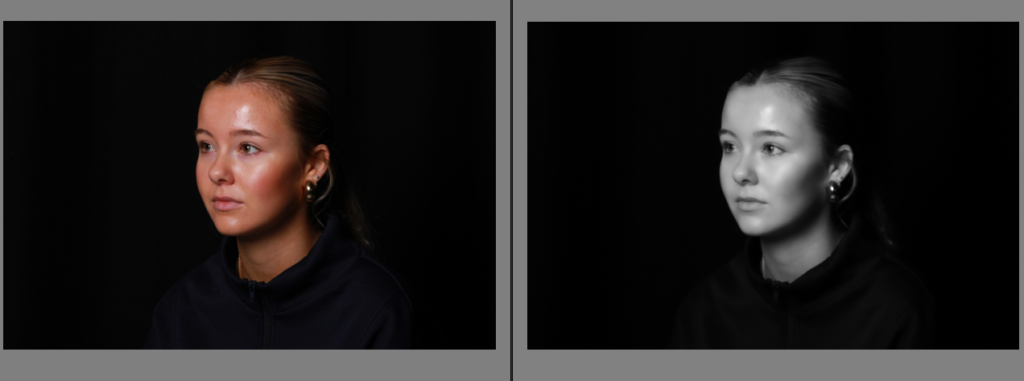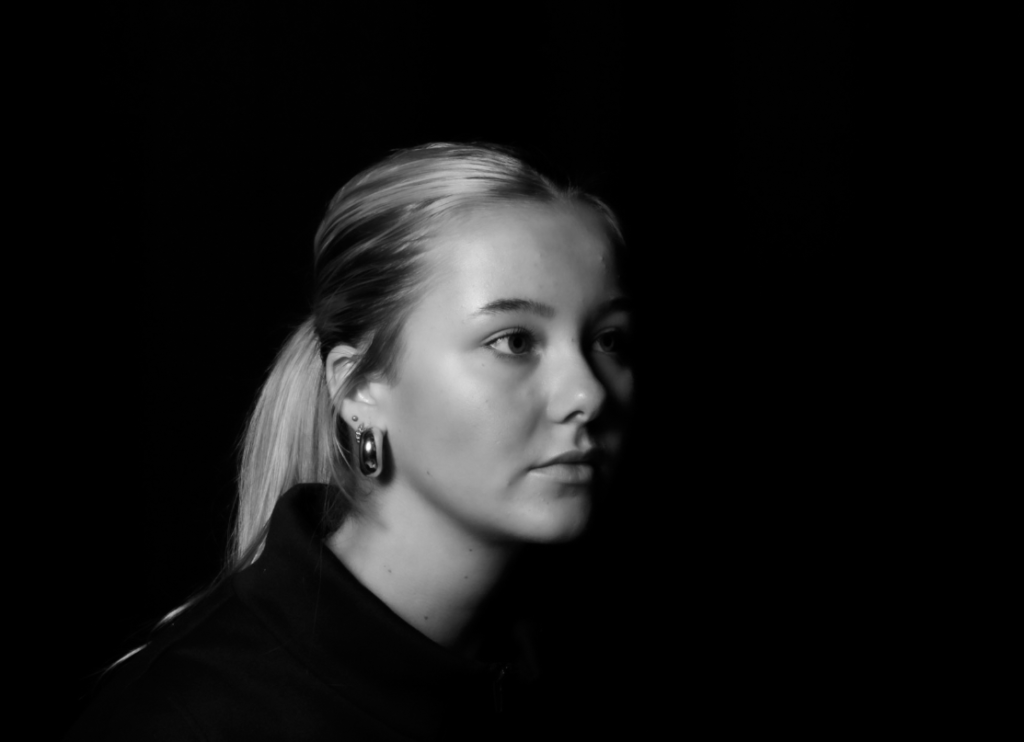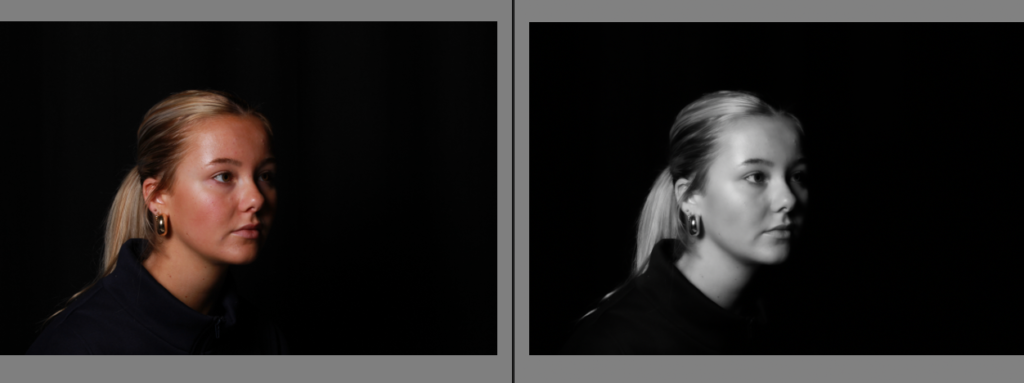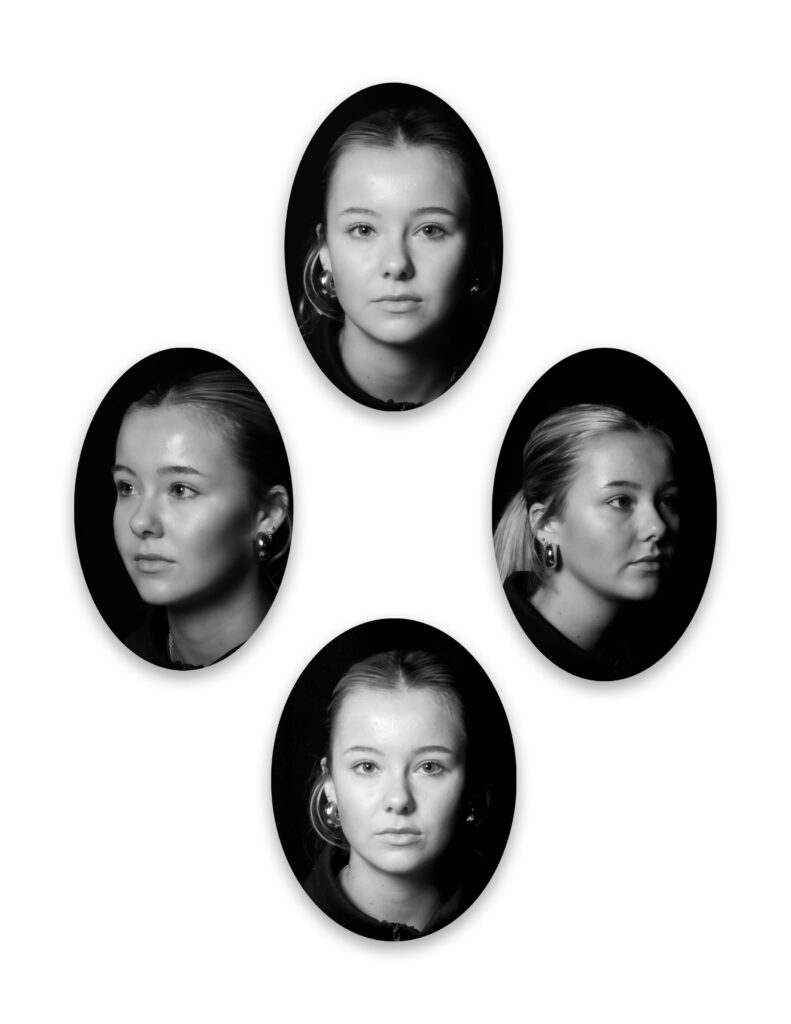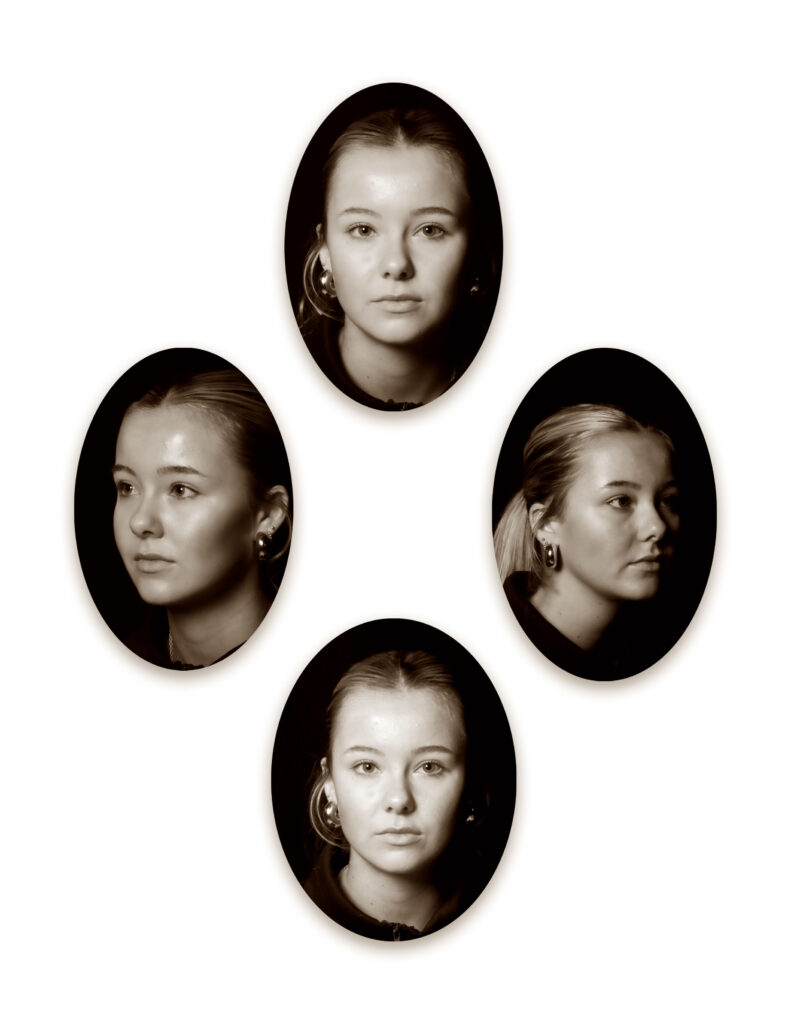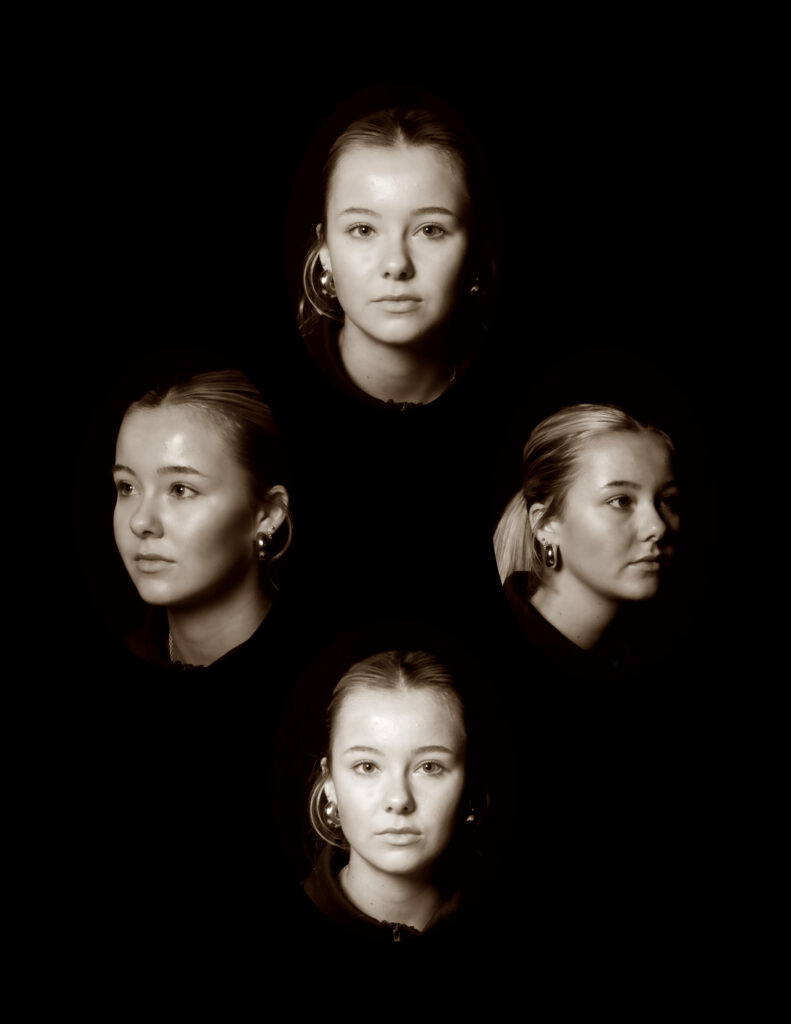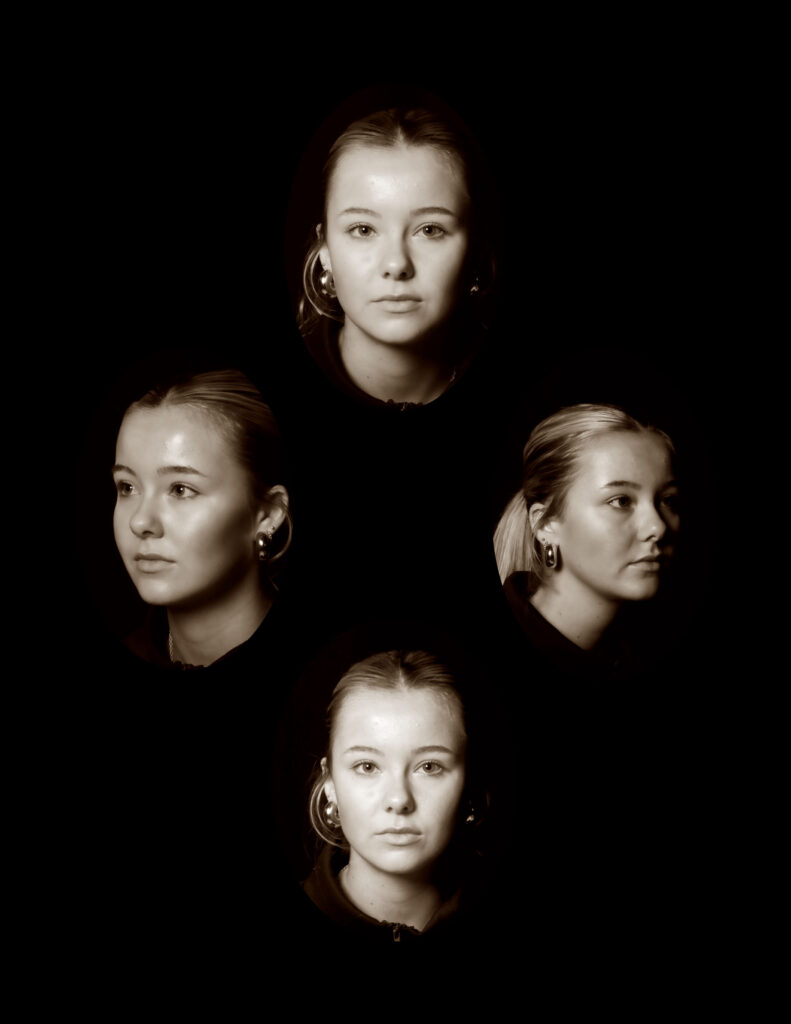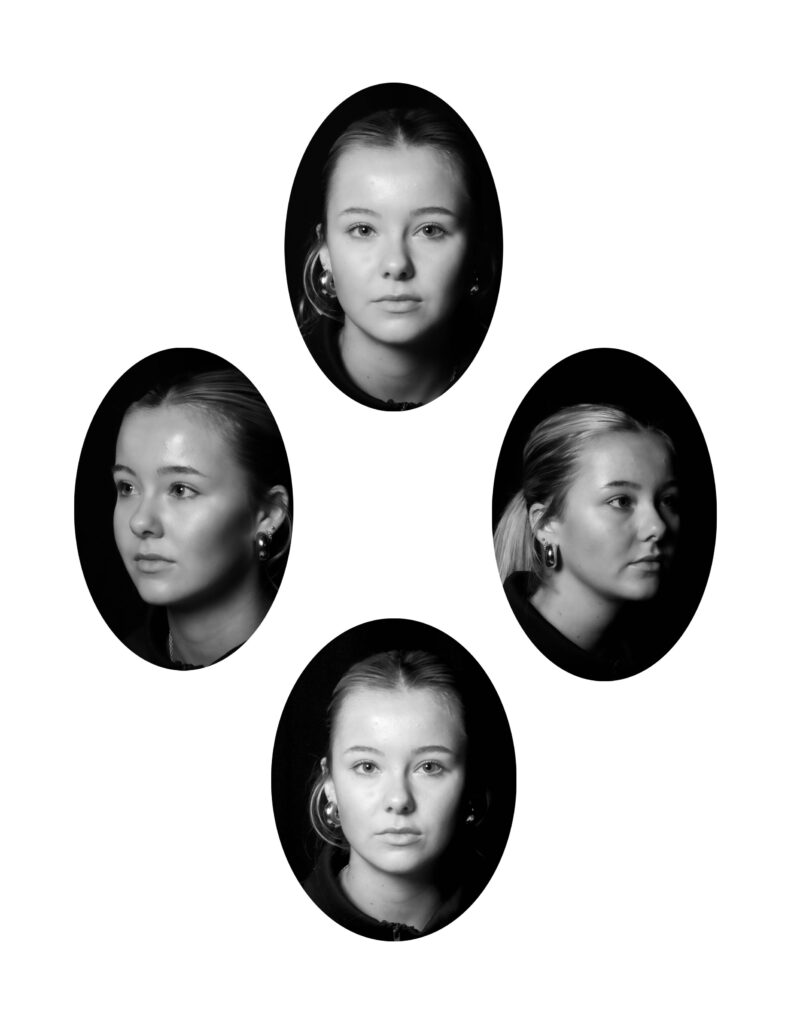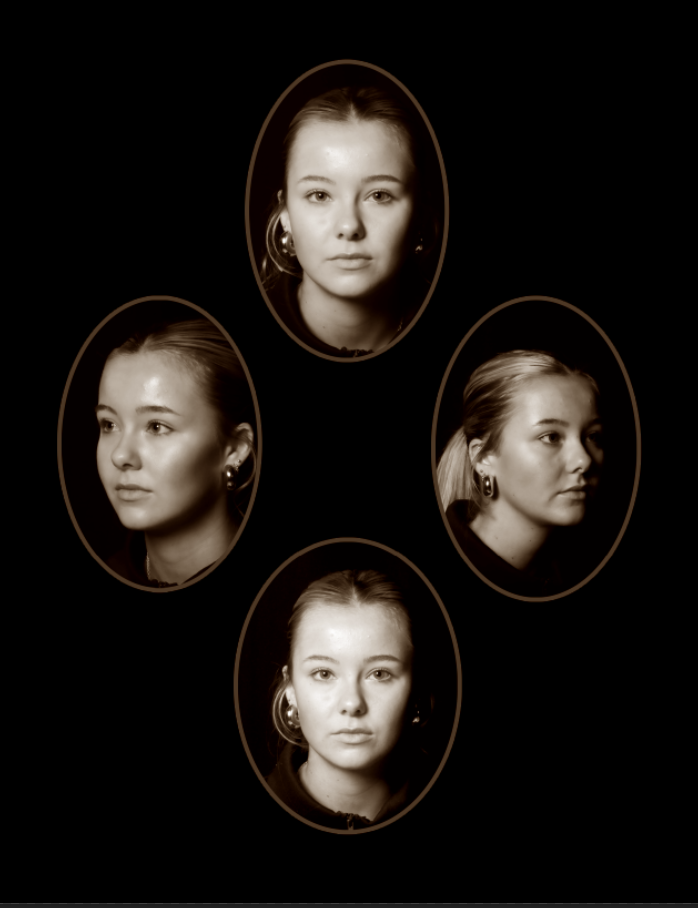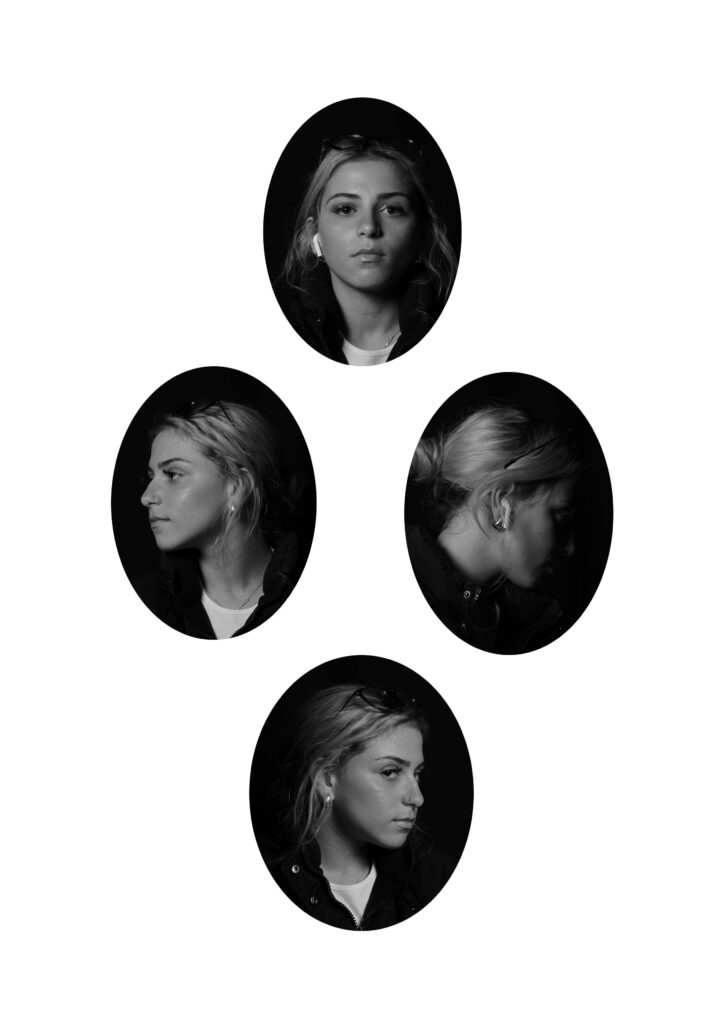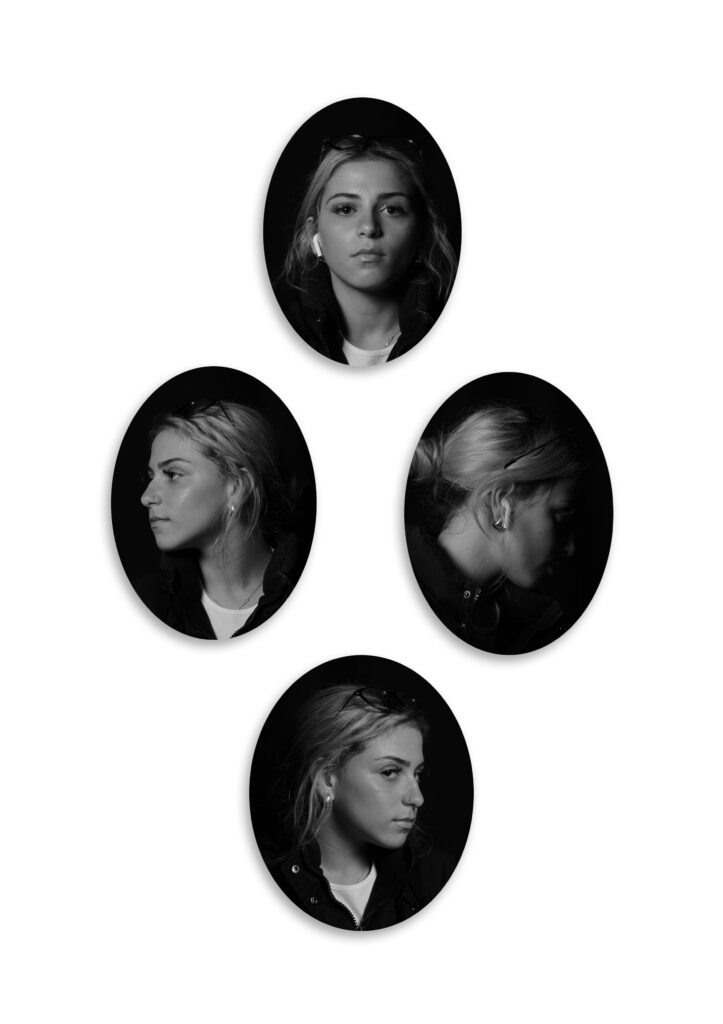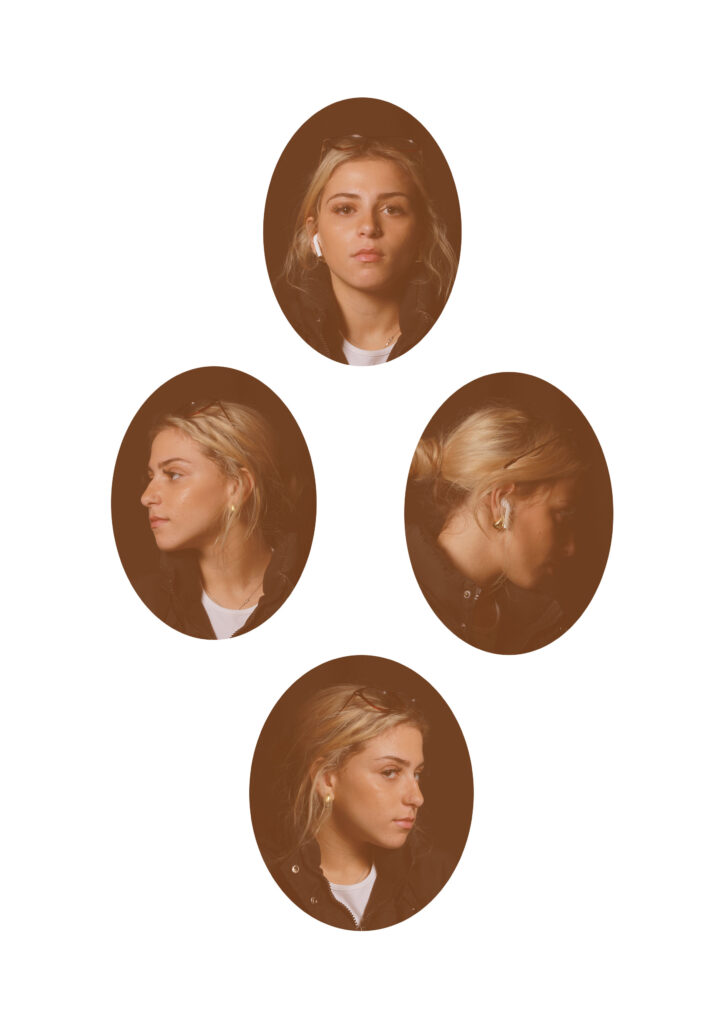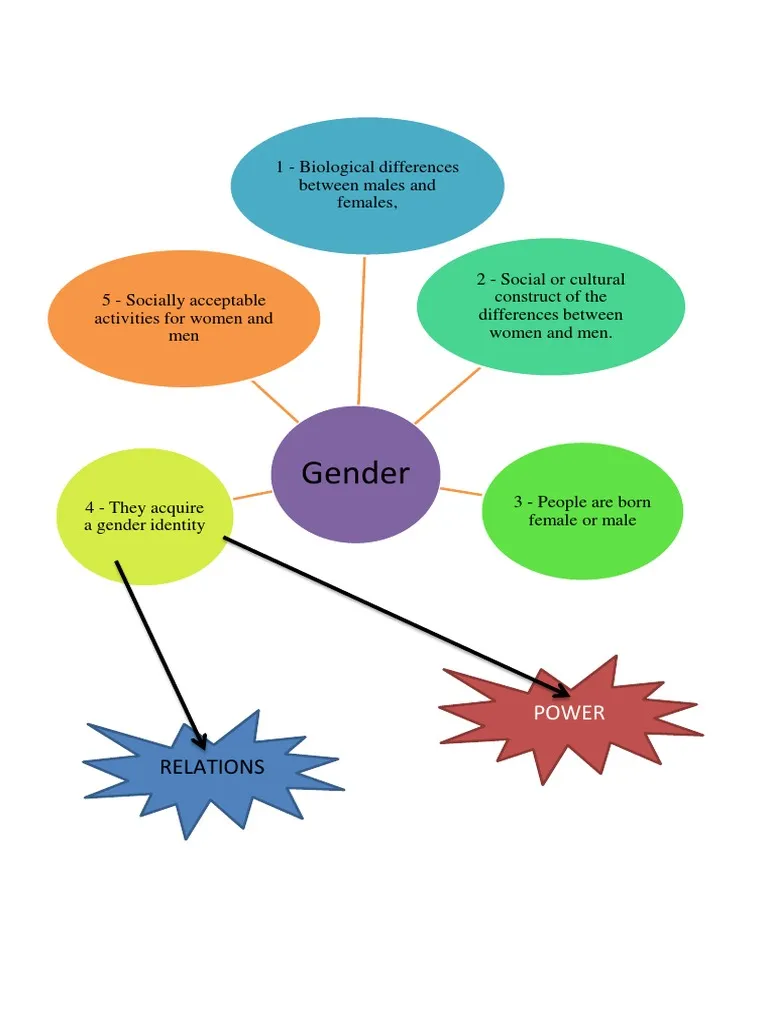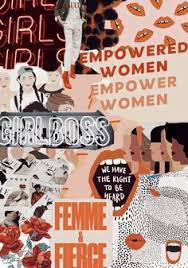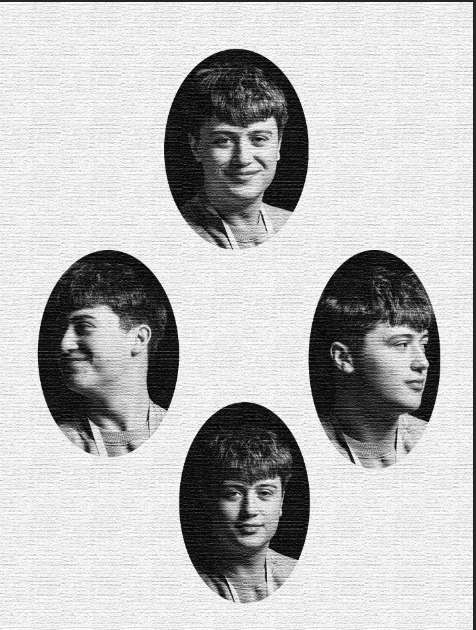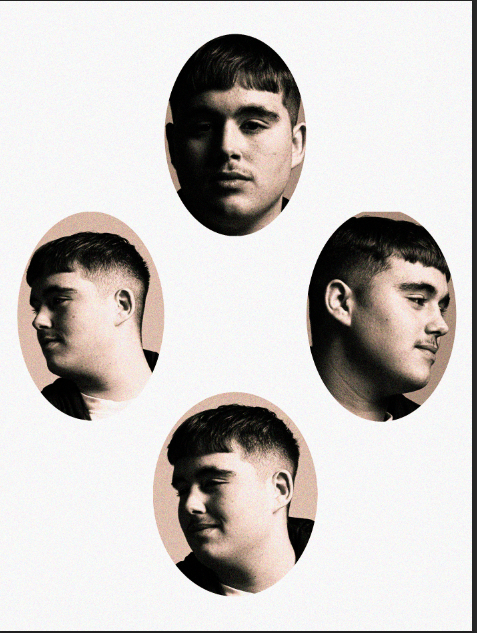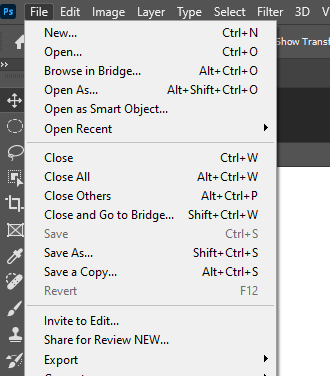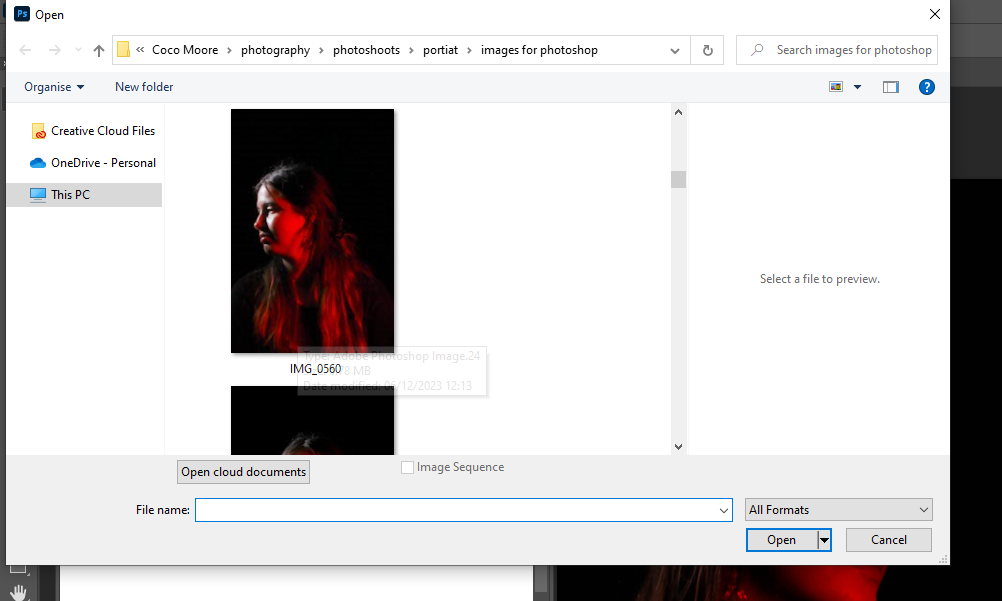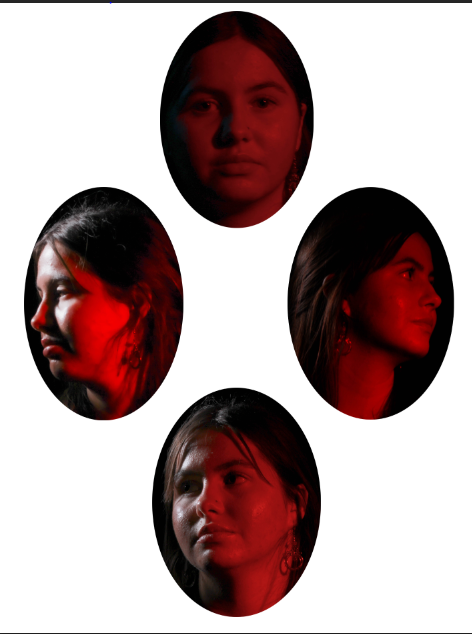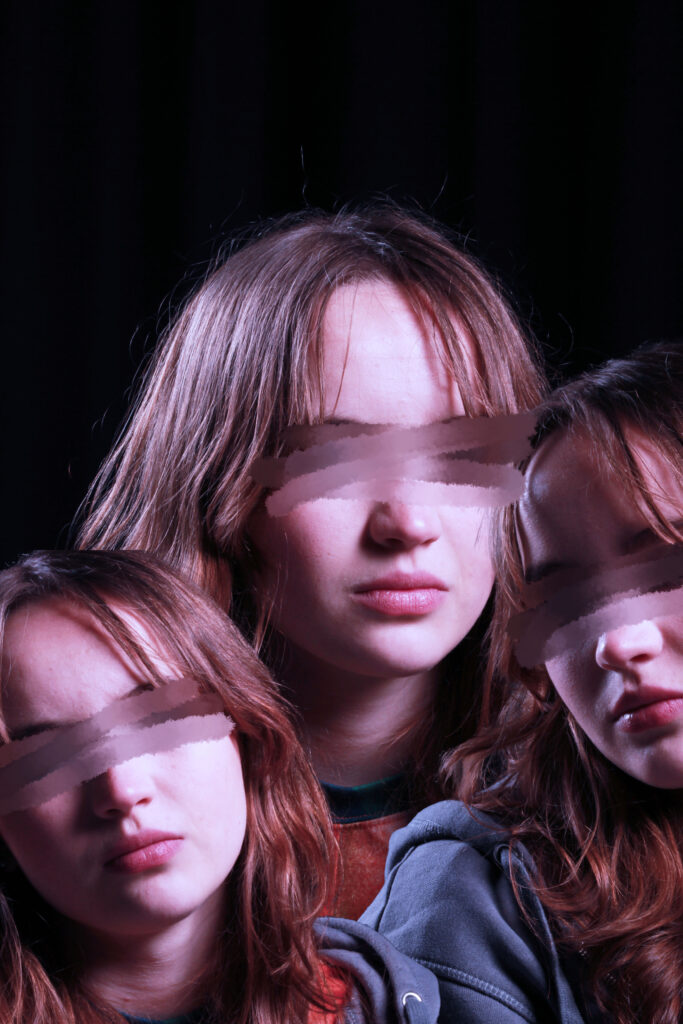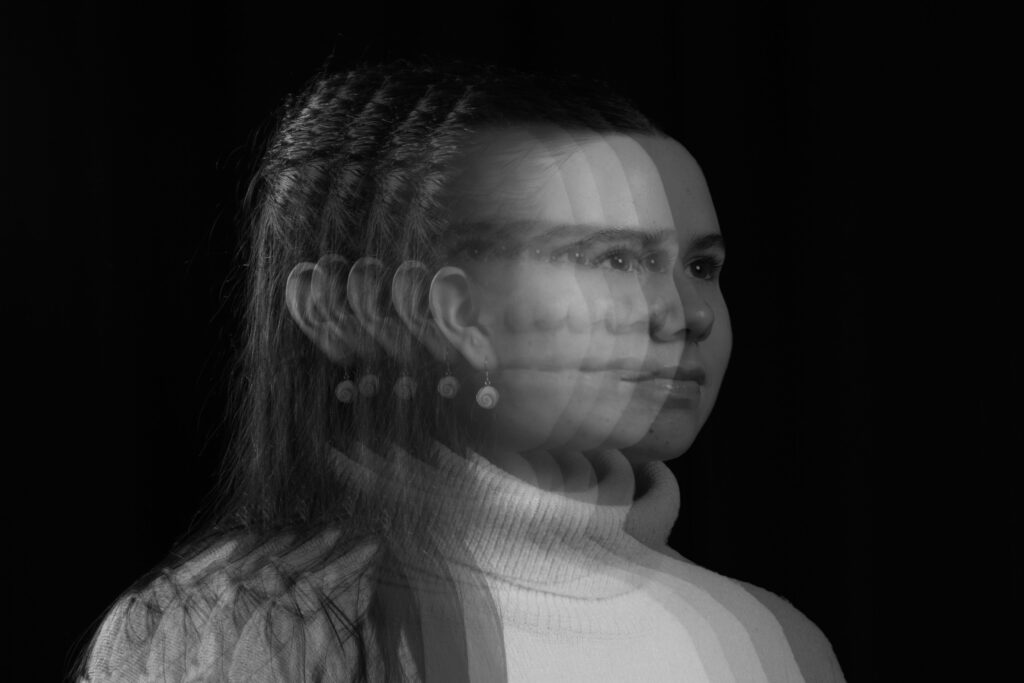Femininity :
what is femininity ?
qualities or attributes regarded as characteristic of women or girls. Femininity can be understood as socially constructed, and there is also some evidence that some behaviours considered feminine are influenced by both cultural factors and biological factors.
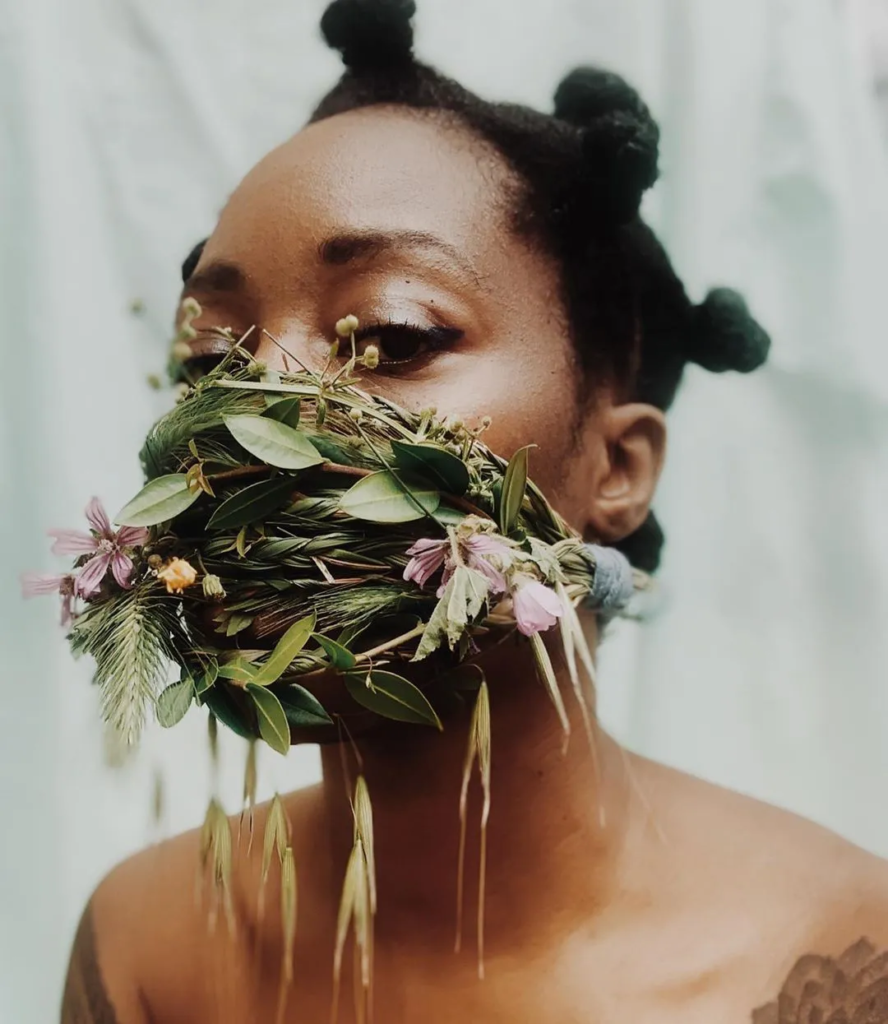
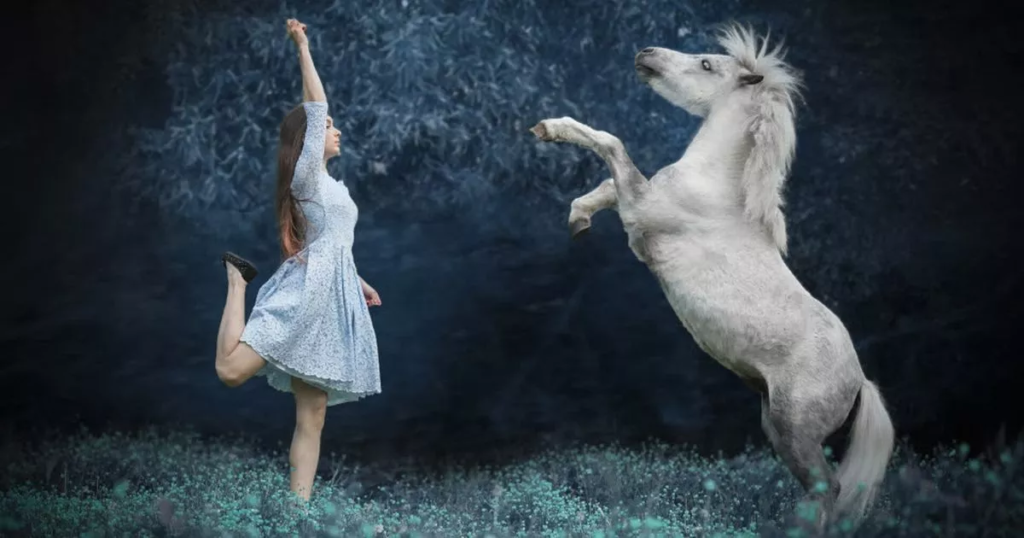
femininity can be altered and changed within a person depending on their area and surroundings, for example if someone was brought up with the old rules and laws based around woman and brought up to think they should be dominated and controlled by all the men in their life they would act different to someone who was brought up to be an independent woman and told to never rely on a man but to provide and live for themselves only without being controlled by an manly figure.
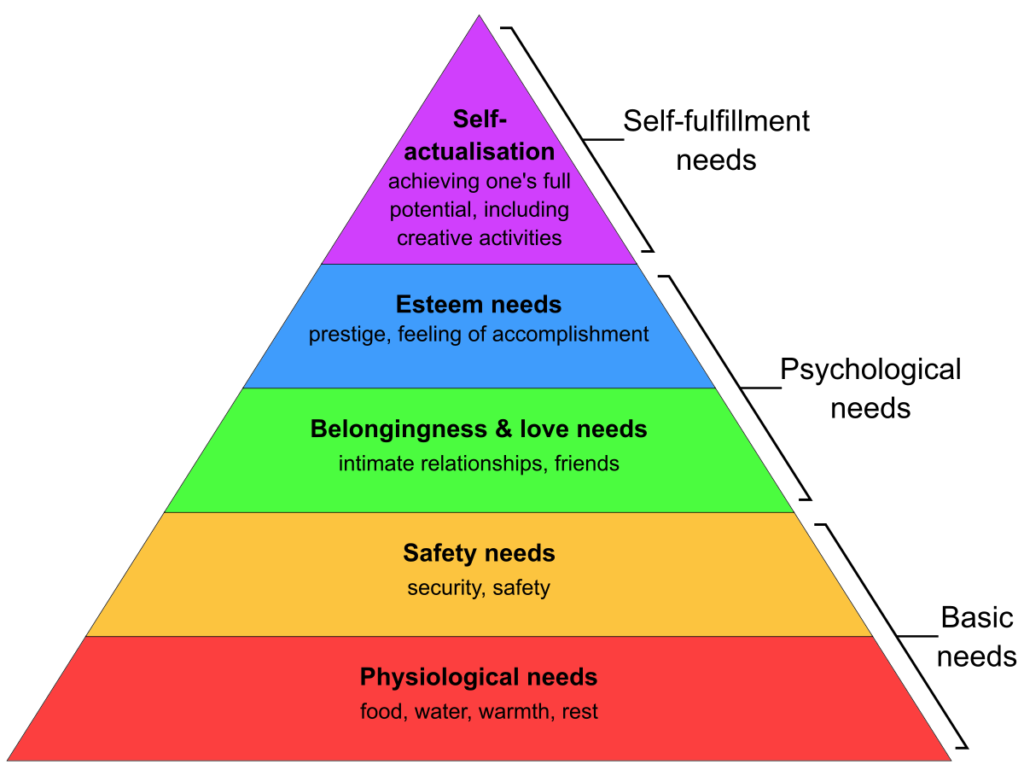
woman are seen to be the weaker gender of society who are seen as needy, weak and mentally unstable compared to men being viewed as strong, mentally stable and always the dominant one of the two, for many years it was a patriarchal society which means it was controlled by men this took years before woman were allowed to have a wider say in day to day things and to have the right to jobs and normal things that men had the priority to be able to do/have whereas woman were treated differently and never had as many rights or freedoms as men.
femininity mood board :
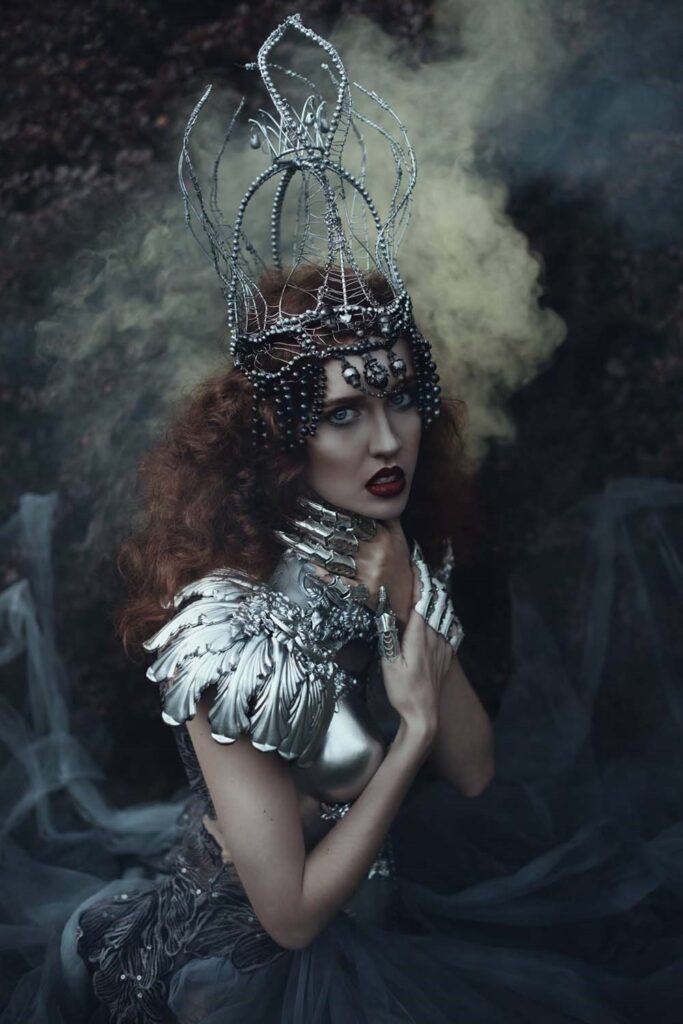

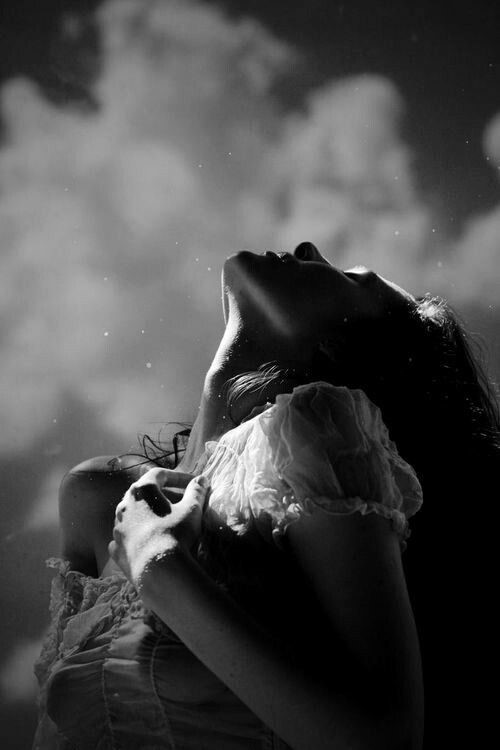
What is masculinity?
Masculinity is a set of attributes, behaviours, and roles associated with men and boys. Masculinity can be theoretically understood as socially constructed, and there is also evidence that some behaviours considered masculine are influenced by both cultural factors and biological factors.
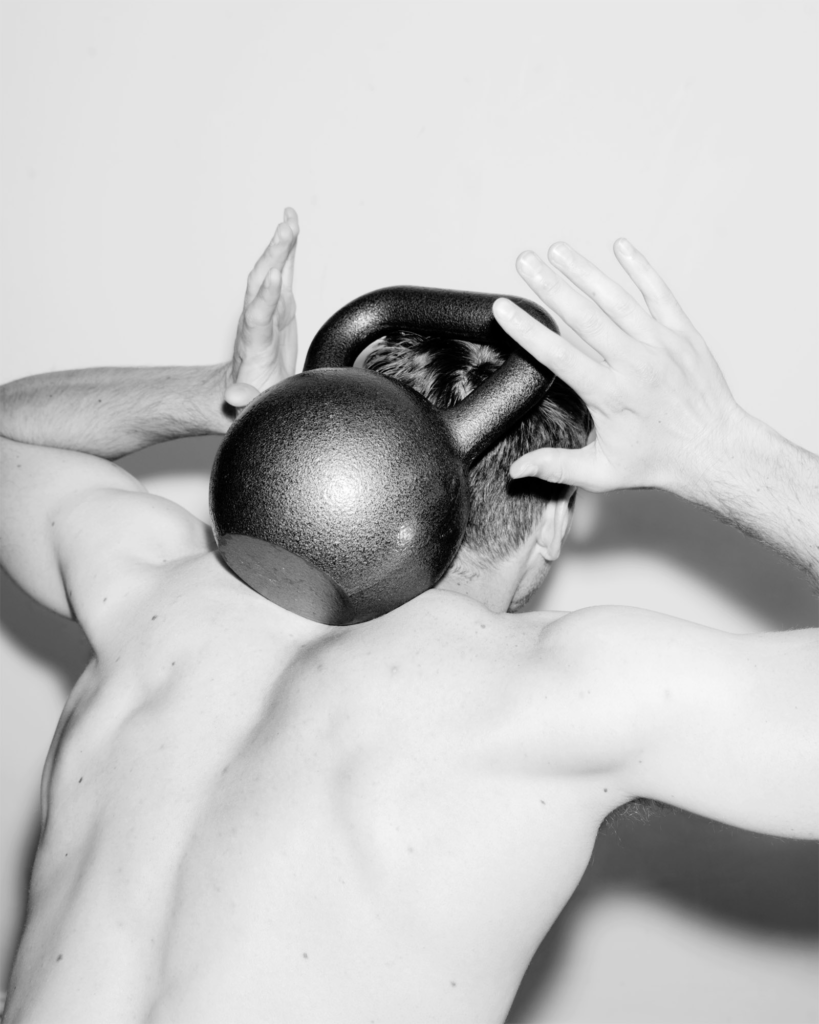
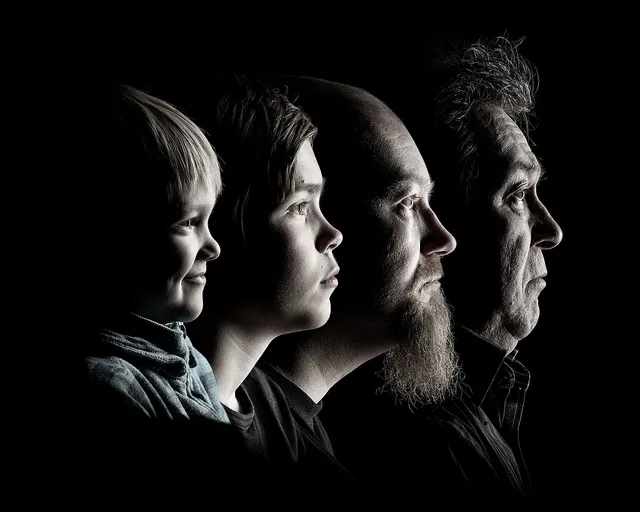
masculinity can be changed depending on the location and who men and boys are brought up surrounded by, for example some boys are brought up around a father who has more control then his mother and the mother may be the one who stays home and does all the housework, living in this household the boy would be brought up to be a man who dominates and makes sure he is in control this also means he would be tough minded and wouldn’t let his emotions get to him, however someone who lived in a household where both the mother and father have hard working paid jobs and both do the cleaning around the house that child would grow up knowing that both men and woman are equal and could possibly be less closed off emotionally rather then someone who was brought up knowing to hide their emotions.
masculinity mood board :
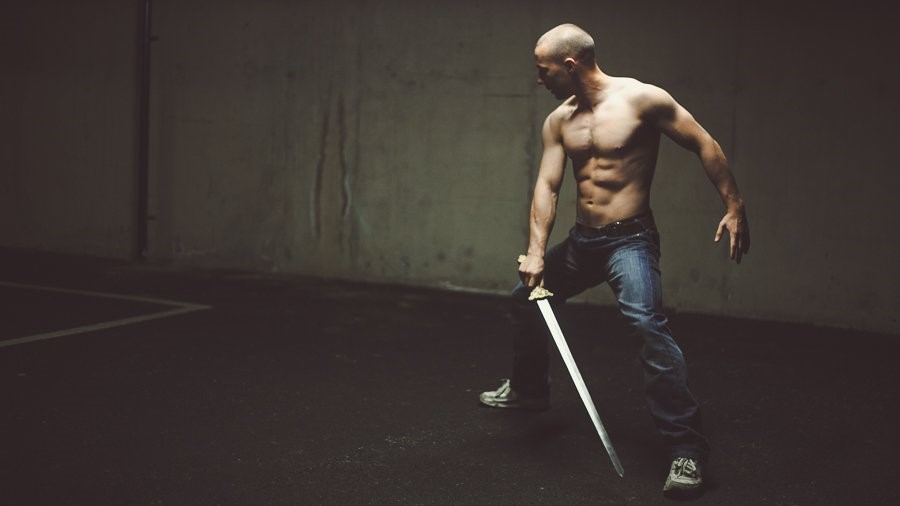
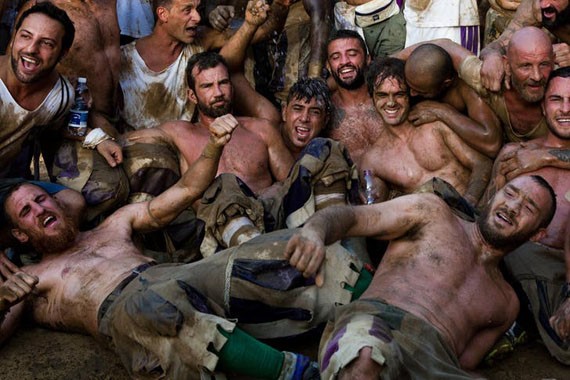
men have always been represented as the dominant, strong and hard working people of society which is a stereotype that has stuck around for years all the way until the end of the second world war where woman were finally given more rights.
